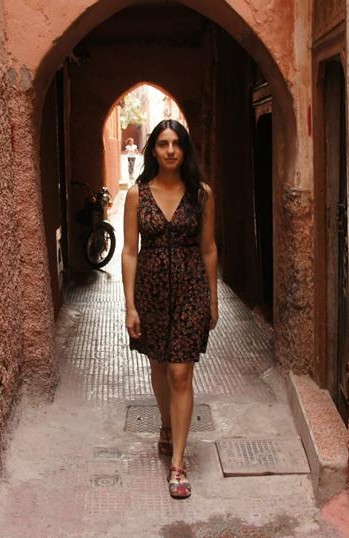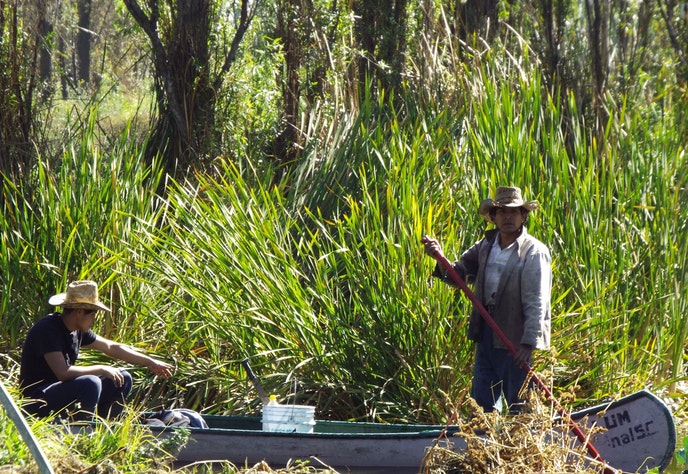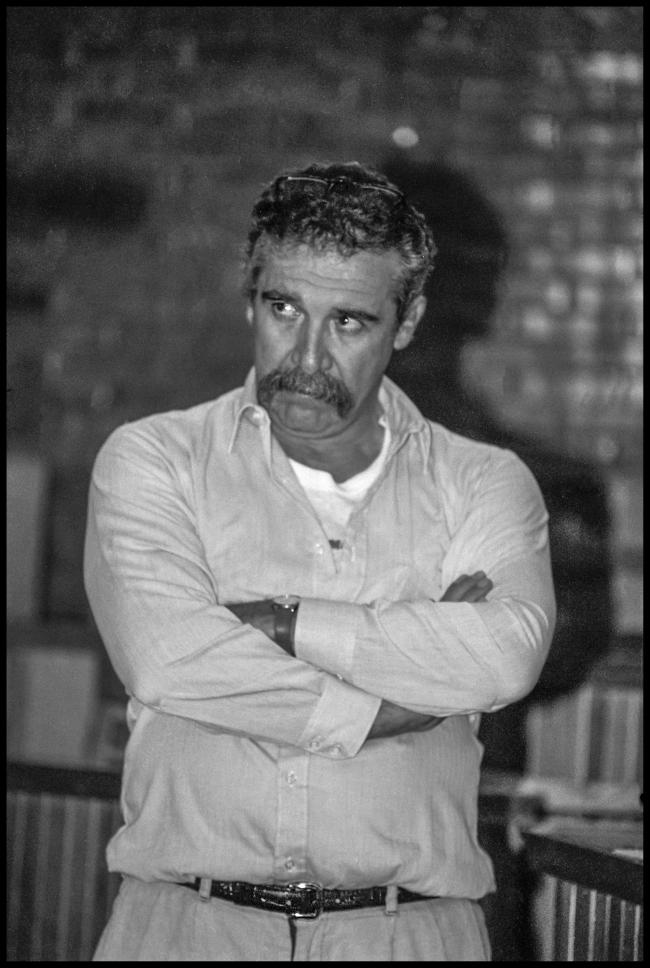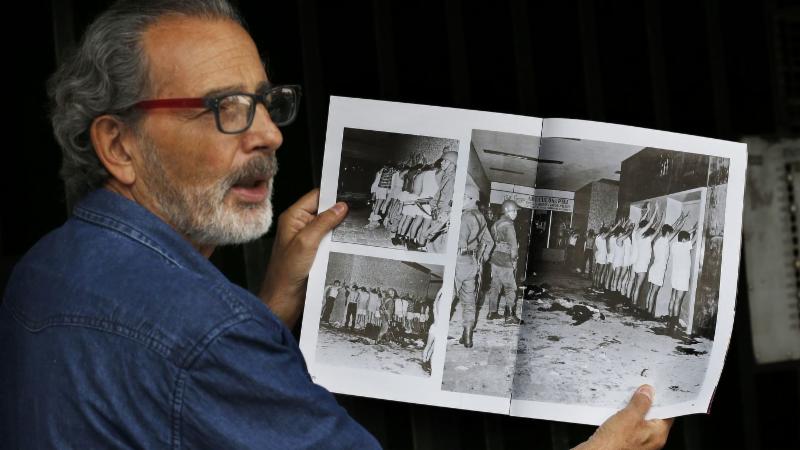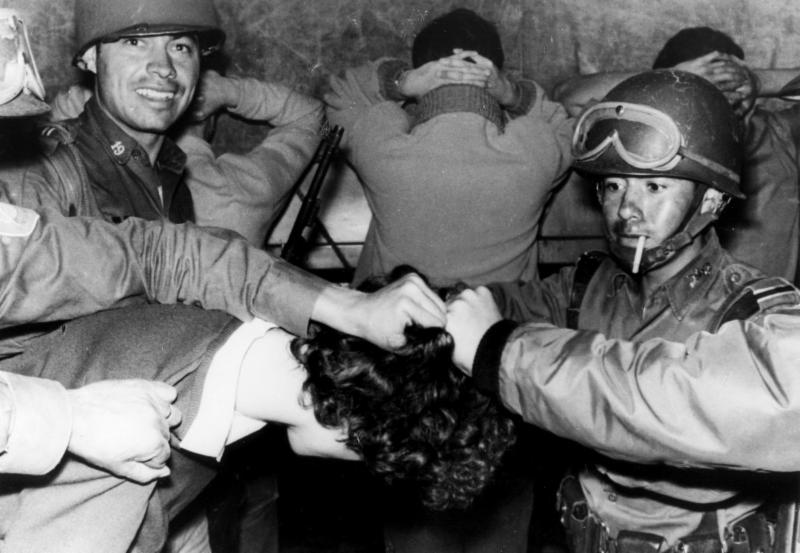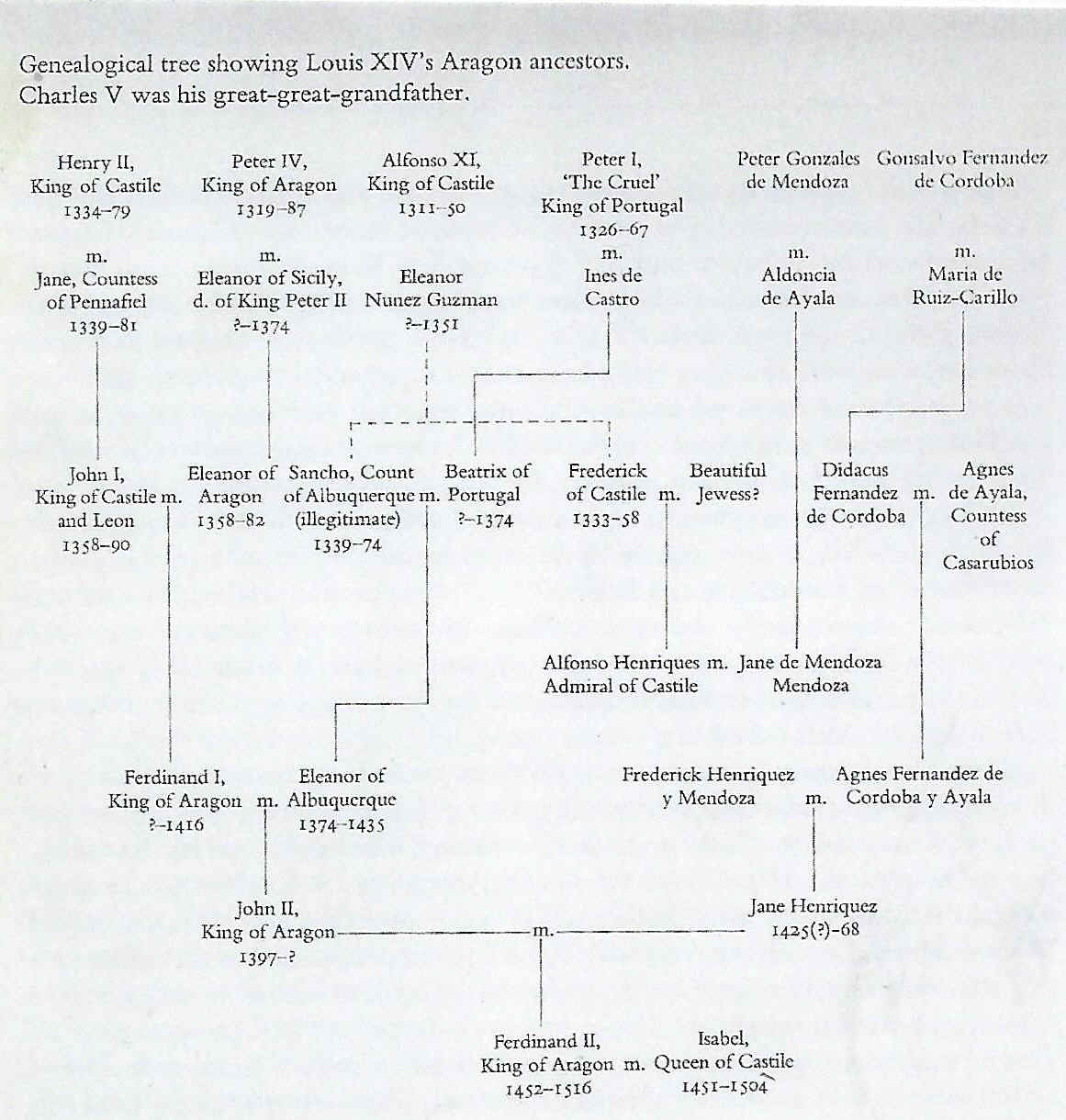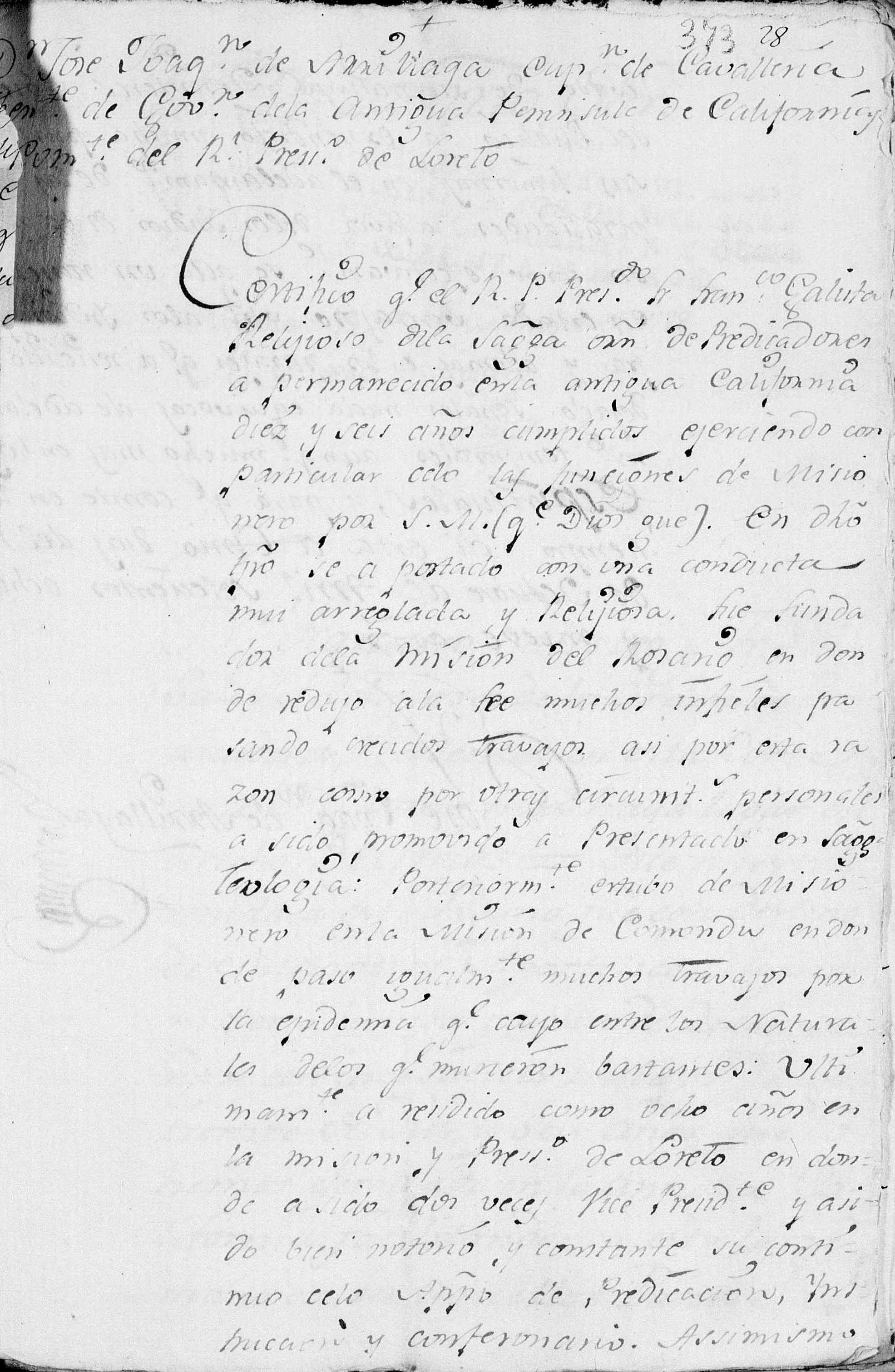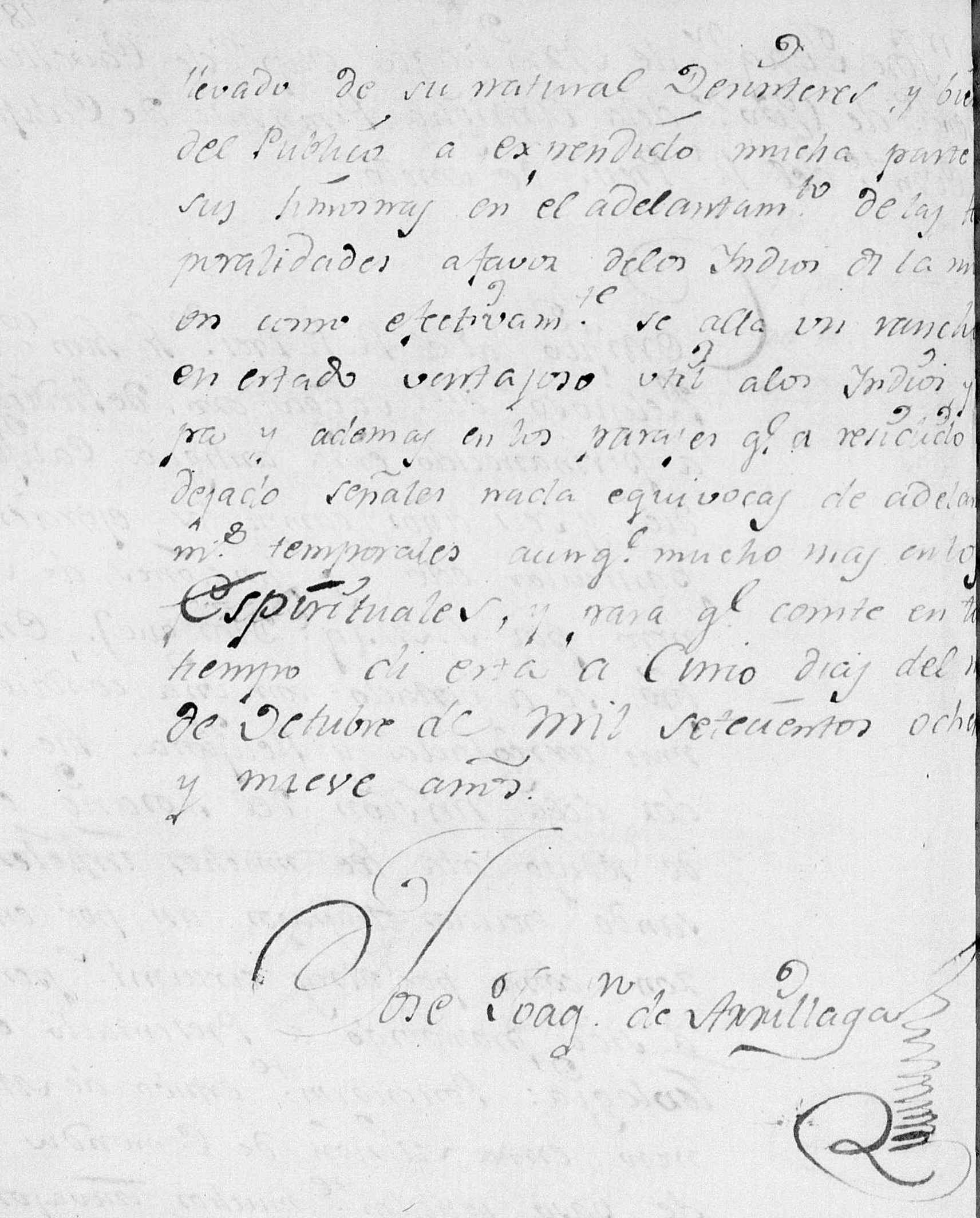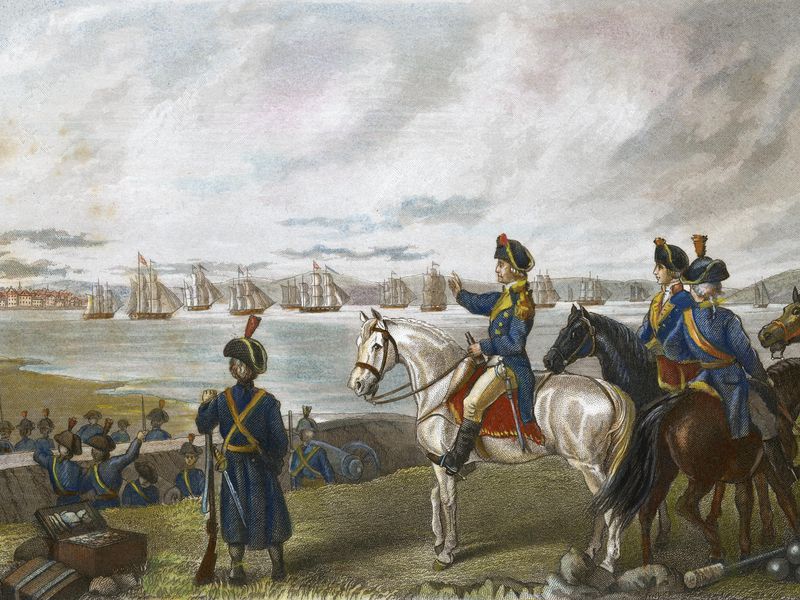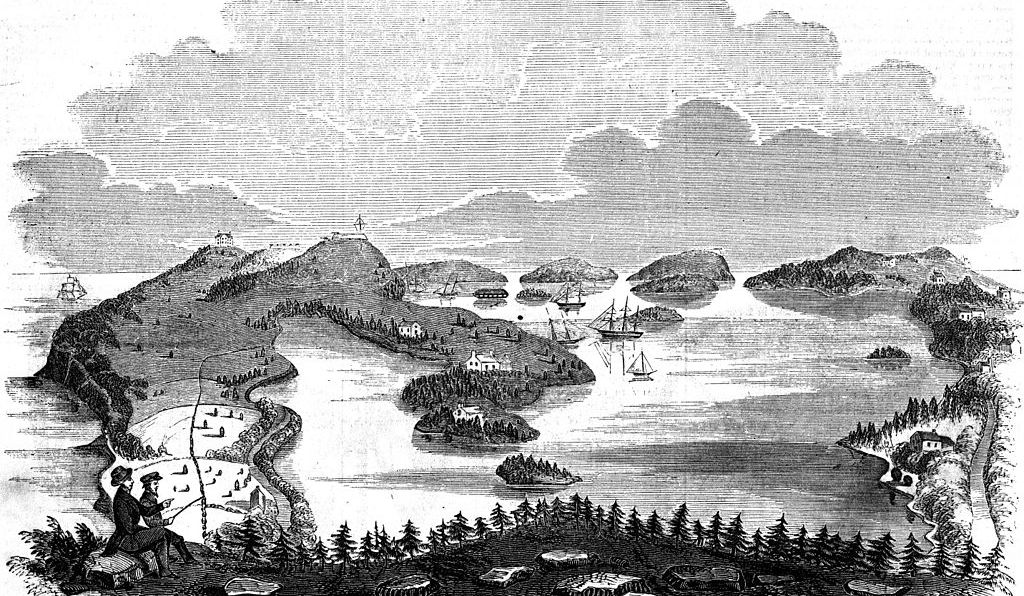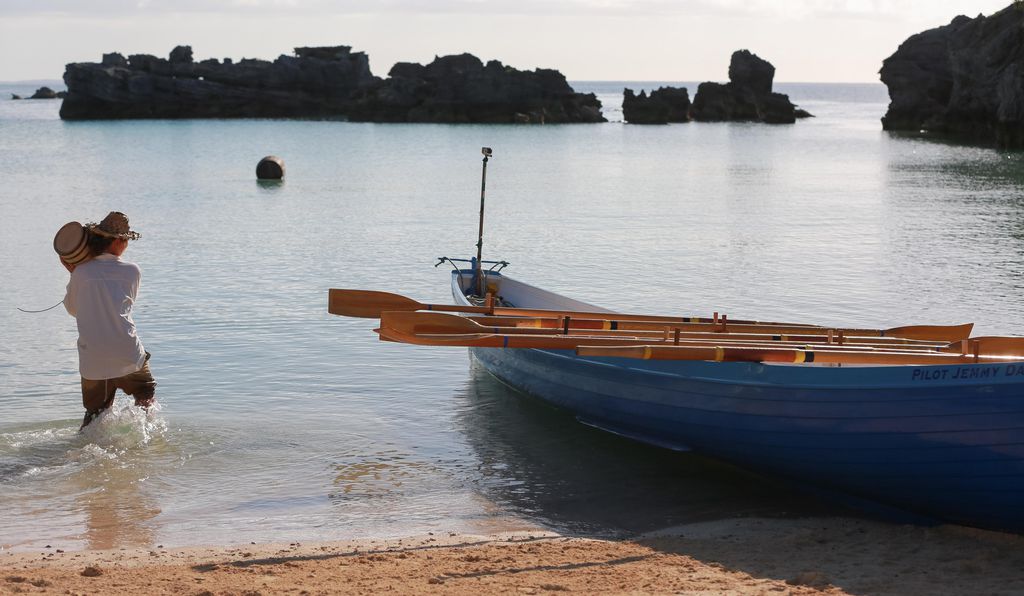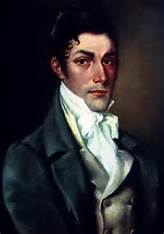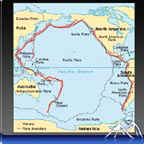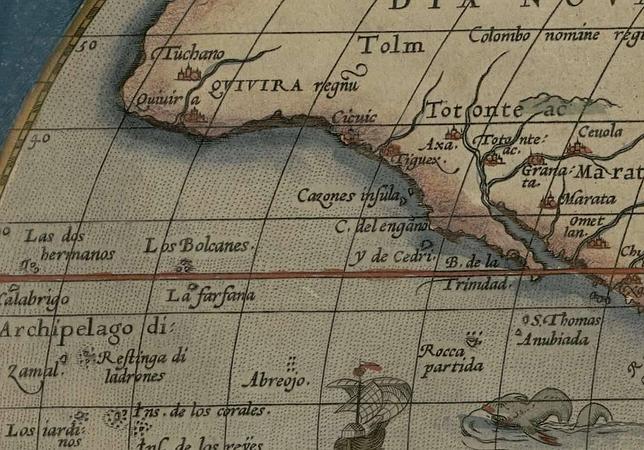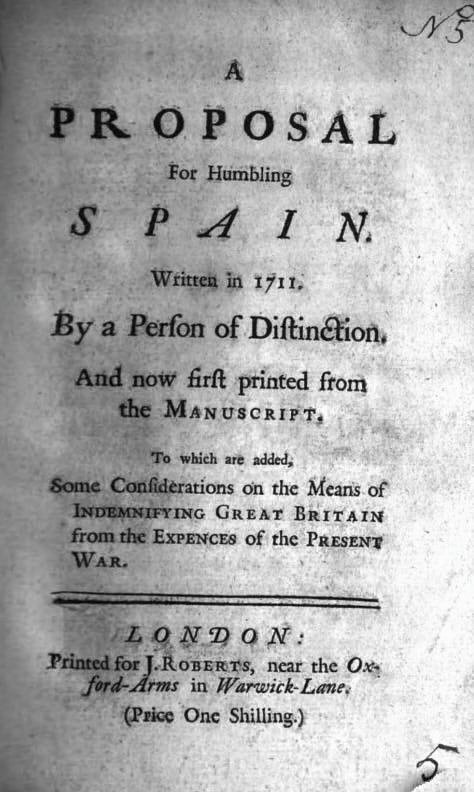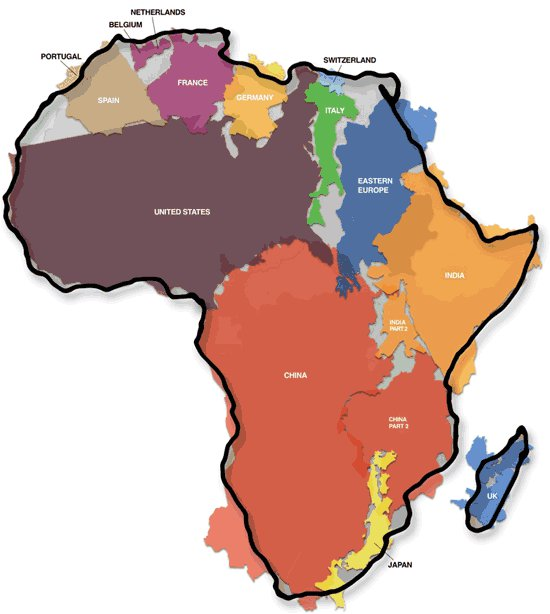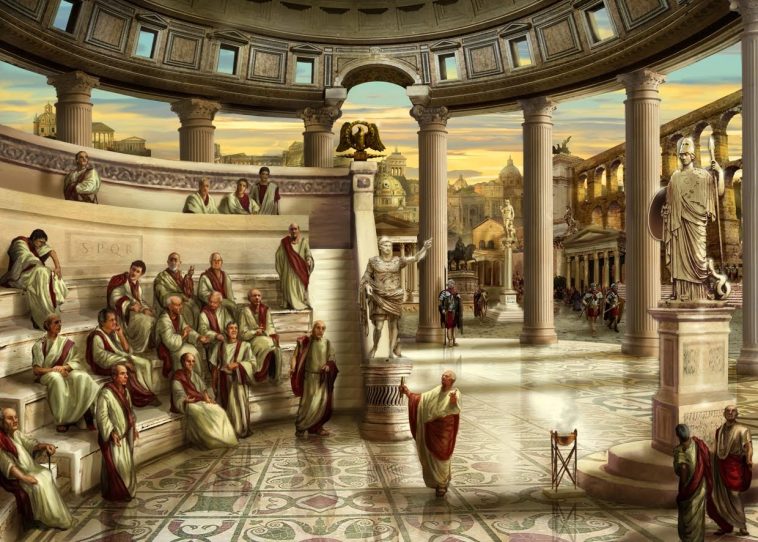This open letter was produced by a group of 67 scientists
and researchers. The full list of signatories can be found below.
In his newly published book Who We Are and How We Got
Here, geneticist David Reich engages with the complex and often fraught
intersections of genetics with our understandings of human differences
most prominently, race.
He admirably challenges misrepresentations about race
and genetics made by the likes of former New York Times science writer
Nicholas Wade and Nobel Laureate James Watson. As an eminent scientist,
Reich clearly has experience with the genetics side of this relationship.
But his skillfulness with ancient and contemporary DNA should not be
confused with a mastery of the cultural, political, and biological
meanings of human groups.
As a group of 67 scholars from disciplines ranging
across the natural sciences, medical and population health sciences,
social sciences, law, and humanities, we would like to make it clear that
Reichs understanding of "race" most recently in a Times
column warning that it is simply no longer possible to ignore average
genetic differences among races is seriously flawed.
For centuries, race has been used as potent category to
determine how differences between human beings should and should not
matter. But science and the categories it constructs do not operate in a
political vacuum. Population groupings become meaningful to scientists in
large part because of their social and political salience including,
importantly, their power to produce and enforce hierarchies of race, sex,
and class.
Reich frames his argument by positing a straw man in the
form of a purported orthodoxy that claims that the average genetic
differences among people grouped according to today's racial terms are so
trivial when it comes to any meaningful biological traits that those
differences can be ignored. That orthodoxy, he says, denies the
possibility of substantial biological differences among human populations
and is anxious about any research into genetic differences among
populations.
This misrepresents the many scientists and scholars who
have demonstrated the scientific flaws of considering race a
biological category. Their robust body of scholarship recognizes the
existence of geographically based genetic variation in our species, but
shows that such variation is not consistent with biological definitions of
race. Nor does that variation map precisely onto ever changing socially
defined racial groups.
Reich critically misunderstands and misrepresents
concerns that are central to recent critiques of how biomedical
researchers including Reich use categories of race and population.
For example, sickle cell anemia is a meaningful
biological trait. In the US it is commonly (and mistakenly) identified as
a black disease. In fact, while it does have a high prevalence in
populations of people with West and Central African ancestry, it also has
a high prevalence in populations from much of the Arabian Peninsula, and
parts of the Mediterranean and India. This is because the genetic variant
that causes sickle cell is more prevalent in people descended from parts
of the world with a high incidence of malaria. Race has nothing to
do with it. Thus, it is simply wrong to say that the higher prevalence of
sickle cell trait in West African populations means that the racial
category black is somehow genetic.
The same thing goes for the people descended from West
African populations whom Reich examined in his work on prostate cancer.
These people may have a higher frequency of a version of a particular gene
that is linked to a higher risk of prostate cancer. But lots of people not
from West Africa also have this same gene. We dont call these other
people a race or say their race is relevant to their
condition. Finding a high prevalence of a particular genetic variant in a
group does not make that group a race.
Human beings are 99.5% genetically identical. Of course,
because the human genome has 3 billion base pairs, that means any given
individual may differ from another at 15 million loci (.5% of 3 billion).
Given random variation, you could genotype all Red Sox fans and all
Yankees fans and find that one group has a statistically significant
higher frequency of a number of particular genetic variants than the other
group perhaps even the same sort of variation that Reich found for the
prostate cancerrelated genes he studied. This does not mean that Red
Sox fans and Yankees fans are genetically distinct races (though many
might try to tell you they are).
In short, there is a difference between finding genetic
differences between individuals and constructing genetic differences
across groups by making conscious choices about which types of group
matter for your purposes. These sorts of groups do not exist in nature.
They are made by human choice. This is not to say that such groups have no
biological attributes in common. Rather, it is to say that the meaning and
significance of the groups is produced through social interventions.
In support of his argument for the biological relevance
of race, Reich also writes about genetic differences between Northern and
Southern Europeans. Again, this should not be an argument for the
biological reality of race. Of course, we could go back to the early 20th
century when many believed that the industrious Northern Teutons
were a race distinct from the slothful Southern Europeans. Such
thinking informed the creation of racially restrictive immigration laws in
1924, but we think even Reich would not consider this sort of thinking
useful today.
Instead, we need to recognize that meaningful patterns
of genetic and biological variation exist in our species that are not
racial.
Reichs claim that we need to prepare for genetic
evidence of racial differences in behavior or health ignores the
trajectory of modern genetics. For several decades billions of dollars
have been spent trying to find such differences. The result has been a
preponderance of negative findings despite intrepid efforts to collect DNA
data on millions of individuals in the hope of finding even the tiniest
signals of difference.
To challenge Reichs claims is not, as he would have
it, to stick our heads in the sand. It is to develop a more sophisticated
approach to the problem of human group categorization in the biomedical
sciences.
Precisely because the problems of race are complex,
scientists need to engage these issues with greater care and
sophistication. Geneticists should work in collaboration with their social
science and humanities colleagues to make certain that their biomedical
discoveries make a positive difference in health care, including the care
of those studied.
This is not to say that geneticists such as Reich should
never use categories in their research; indeed, their work would be
largely impossible without them. However, they must be careful to
understand the social and historical legacies that shape the formation of
these categories, and constrain their utility.
Even "male" and "female," which
Reich invokes as obviously biologically meaningful, has important
limitations. While these categories help us to know and care for many
human beings, they hinder our capacity to know and care for the millions
of human beings born into this world not clearly "sexed. Further,
overemphasizing the importance of the X and Y chromosomes in determining
sex prevent us from seeing the other parts of the genome involved in sex.
While focusing on groups with a high incidence of a
particular condition may help researchers identify genetic variants that
might correlate to the condition, it must also be understood that all
genetic contributions to physical traits, including disease, are always
influenced by environmental factors.
For example, an ancestral gene may not have ever
contributed to disease risk in its former environment, but now does when
individuals carrying it are differentially exposed to harmful
environments. This raises the question of whether it is more efficacious
to remove the environmental insult or alter the individuals physiology
by medical intervention (or both).
Making claims about the existence of biological races
wont help answer questions about health, like how the health of
racialized groups is harmed by racial discrimination how it increases
the risk of disease, the risk of exposure to environmental toxins, or the
risk of inadequate and inappropriate health care.
This doesnt mean that genetic variation is
unimportant; it is, but it does not follow racial lines. History has
taught us the many ways that studies of human genetic variation can be
misunderstood and misinterpreted: if sampling practices and historical
contexts are not considered; if little attention is given to how genes,
environments, and social conditions interact; and if we ignore the ways
that sociocultural categories and practices shape the genetic patterns
themselves.
As scholars who engage with social and scientific
research, we urge scientists to speak out when science is used
inappropriately to make claims about human differences. The public should
not cede the power to define race to scientists who themselves are not
trained to understand the social contexts that shape the formation of this
fraught category. Instead, we encourage geneticists to collaborate with
their colleagues in the social sciences, humanities, and public health to
consider more carefully how best to use racial categories in scientific
research.
Together, we can conduct research that will influence human lives
positively.
Jonathan Kahn, James E. Kelley Professor of Law,
Mitchell Hamline School of Law
Alondra Nelson, Professor of Sociology and Gender
Studies, Columbia University; President, Social Science Research Council
Joseph L. Graves Jr., Associate Dean for Research &
Professor of Biological Sciences, Fellow of the American Association for
the Advancement of Science, Section G: Biological Sciences, Joint School
of Nanoscience & Nanoengineering, North Carolina A&T State
University, UNC Greensboro
Sarah Abel, Postdoc, Department of Anthropology,
University of Iceland
Ruha Benjamin, Associate Professor, Department of
African American Studies, Princeton University
Sarah Blacker, Postdoctoral Research Fellow, Max Planck
Institute for the History of Science, Berlin
Catherine Bliss, Associate Professor, Social and
Behavioral Sciences, UC San Francisco
Lundy Braun, Professor of Medical Science and Africana
Studies, Brown University
Khiara M. Bridges, Professor of Law, Professor of
Anthropology, Boston University
Craig Calhoun, President of Berggruen Institute
Centennial Professor, London School of Economics.
Claudia Chaufan, Associate Professor, York University
Toronto
Nathaniel Comfort, Professor, Institute of the History
of Medicine, The Johns Hopkins University
Richard Cone, Professor of Biophysics, Johns Hopkins
University
Richard Cooper, Department of Public Health Sciences,
Loyola University Medical School
Marcy Darnovsky, Executive Director, Center for Genetics
and Society
Robert Desalle, Curator, Institute for Genomics,
American Museum of Natural History
Troy Duster, Chancellors Professor Emeritus,
University of California, Berkeley
Anne Fausto-Sterling, Professor of Biology Emerita,
Brown University, Fellow of the American Association for the Advancement
of Science
Agustin Fuentes, The Edmund P. Joyce C.S.C. Professor of
Anthropology, University of Notre Dame
Joan H. Fujimura, Professor, Department of Sociology and
Holtz Center for Research on Science, Technology, Medicine, and the
Environment, University of Wisconsin-Madison
Stephanie Malia Fullerton, Associate Professor,
Department of Bioethics & Humanities, University of Washington
Duana Fullwiley, Associate Professor of Medical
Anthropology, Stanford University.
Omer Gokcumen, Assistant Professor, University at
Buffalo
Alan Goodman, Professor of Biological Anthropology.
Hampshire College
Monica H. Green, Professor of History, School of
Historical, Philosophical, and Religious Studies, Arizona State University
Erika Hagelberg, Professor, Department of Biosciences,
University of Oslo
Evelynn Hammonds, Barbara Gutmann Rosenkrantz Professor
of the History of Science, Harvard University
Helena Hansen, Assistant Professor of Anthropology and
Psychiatry, New York University
John Hartigan Jr., Professor of Anthropology, University
of Texas, Austin.
Anthony Hatch, Associate Professor, Science in Society
Program, Sociology, and African American Studies, Wesleyan University
Torsten Heinemann, Professor of Sociology and Chair of
Technology and Diversity, RWTH Aachen University, Germany
Jay Kaufman, Canada Research Chair in Health Disparities
and Professor of Epidemiology, McGill University.
Trica Keaton, Associate Professor, African and African
American Studies, Dartmouth College
Terence Keel, Associate Professor, Department of Black
Studies and Department of History, University of California, Santa Barbara
Nancy Krieger, Professor of Social Epidemiology,
American Cancer Society Clinical Research Professor, Harvard T.H. Chan
School of Public Health
Sheldon Krimsky, Lenore Stern Professor of Humanities
and Social Sciences, Tufts University
Jon Røyne Kyllingstad, Associate Professor of History,
University of Oslo
Catherine Lee, Associate Professor of Sociology, Rutgers
University
Ageliki Lefkaditou, Postdoctoral Researcher, Institute
of Health and Society, University of Oslo
Sandra Soo-Jin Lee, Senior Research Scholar, Center for
Biomedical Ethics, Stanford University
Jonathan Marks, Professor of Anthropology, UNC-Charlotte
Amade Mcharek, Professor of the Anthropology of
Science, University of Amsterdam, Netherlands
Michael Montoya, Associate Professor of Anthropology
Emeritus, University of California, Irvine
Ann Morning, Associate Professor of Sociology, New York
University
Osagie K. Obasogie, Haas Distinguished Chair and
Professor of Bioethics, Joint Medical Program and School of Public Health,
University of California, Berkeley
Pilar N. Ossorio, Ph.D., JD, Professor of Law and
Bioethics, University of Wisconsin-Madison
Tony Platt, Distinguished Affiliated Scholar, Center for
the Study of Law & Society, UC Berkeley;
Robert Pollack, professor of Biological Sciences,
Columbia University
Aaron Panofsky, Associate Professor, Institute for
Society and Genetics, Public Policy, and Sociology, University of
California, Los Angeles
Kimani Paul-Emile, Associate Professor, Fordham
University School of Law
Ramya M. Rajagopalan, Research Scientist, Institute for
Practical Ethics, University of California, San Diego
Rayna Rapp, Professor of Anthropology, New York
University
Jenny Reardon, Professor of Sociology and Director,
Science and Justice Research Center, University of California, Santa Cruz
Amos Morris-Reich, Professor of History, University of
Haifa
Susan M. Reverby, McLean Professor Emerita in the
History of Ideas and Professor Emerita of Womens and Gender Studies,
Wellesley College
Jennifer A. Richeson, Philip R. Allen Professor of
Psychology, Yale University
Sarah S. Richardson, Professor of the History of Science
and of Studies of Women, Gender, and Sexuality Director of Graduate
Studies, WGS, Harvard University
Dorothy Roberts, George A. Weiss University Professor of
Law, Sociology, and Africana Studies and Director, Penn Program on Race,
Science, and Society, University of Pennsylvania
Wendy D. Roth, Associate Professor of Sociology,
University of British Columbia
Charmaine DM Royal, Associate Professor, African &
African American Studies, Biology, and Community & Family Medicine,
Duke University
Danilyn Rutherford, President of the Wenner-Gren
Foundation for Anthropological Research
Janet K. Shim, Professor of Sociology, University of
California, San Francisco
Karen-Sue Taussig, Chair and Associate Professor of
Anthropology, University of Minnesota
Charis Thompson, Chancellors Professor, UC Berkeley,
and RQIF Professor, London School of Economics
France Winddance Twine, Professor of Sociology,
University of California at Santa Barbara
Keith Wailoo, Henry Putnam University Professor of
History and Public Affairs, Princeton University
Patricia J. Williams, James L. Dohr Professor of Law,
Columbia University
Michael Yudell, Chair & Associate Professor,
Dornsife School of Public Health, Drexel University
BuzzFeed News: https://www.buzzfeednews.com/article/bfopinion/race-genetics-david-reich
Found by L. Campos, PhD, resent to
Somos Primos by C. Campos y Escalante (campce@gmail.com)
|
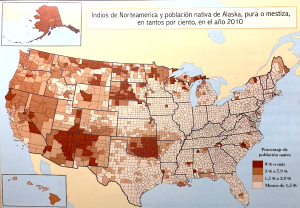
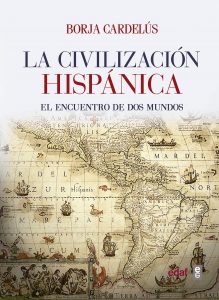 A
la hora de definir los modelos colonizadores en América, cabe
centrarlos en dos, el español y el británico, con diferencias
esenciales entre uno y otro. La colonización fue un asunto
que la Corona inglesa delegó en compañías mercantiles
y en particulares, con intervención mínima del Estado. Detrás de ello no
había otra motivación que la de obtener beneficios, en el
caso de las compañías; de buscar una vida mejor, en el caso de los
particulares; y de obtener tributos, en el caso del Estado, que declaró
colonias sus posesiones.
A
la hora de definir los modelos colonizadores en América, cabe
centrarlos en dos, el español y el británico, con diferencias
esenciales entre uno y otro. La colonización fue un asunto
que la Corona inglesa delegó en compañías mercantiles
y en particulares, con intervención mínima del Estado. Detrás de ello no
había otra motivación que la de obtener beneficios, en el
caso de las compañías; de buscar una vida mejor, en el caso de los
particulares; y de obtener tributos, en el caso del Estado, que declaró
colonias sus posesiones.
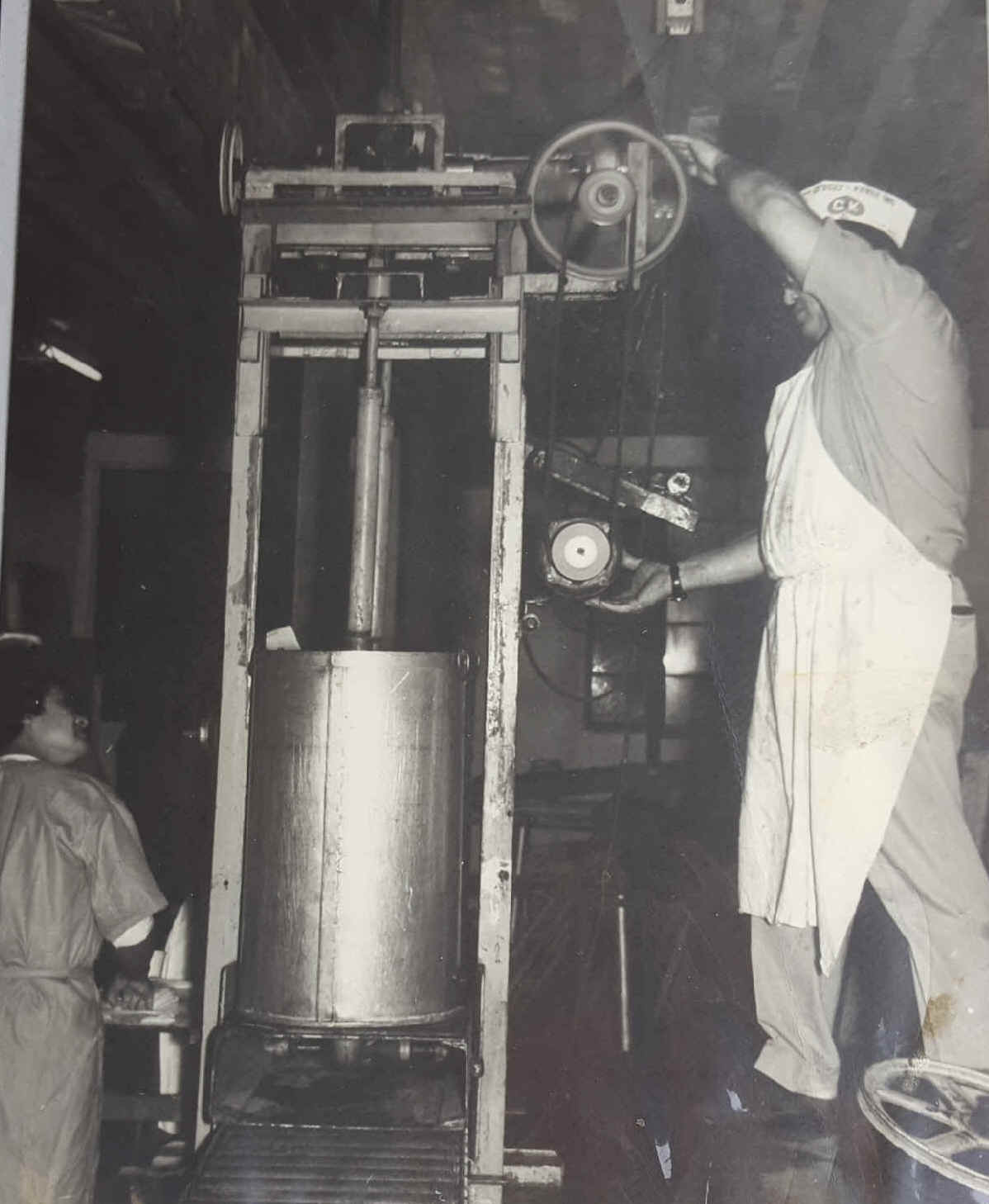
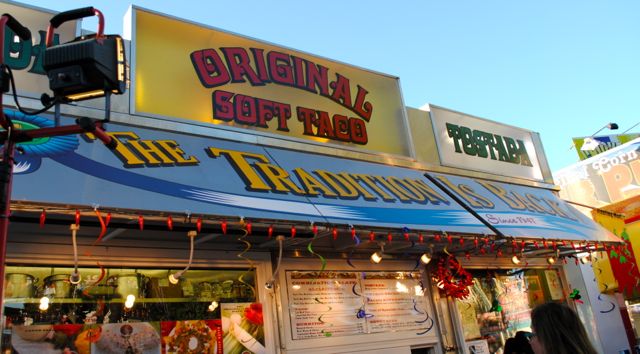
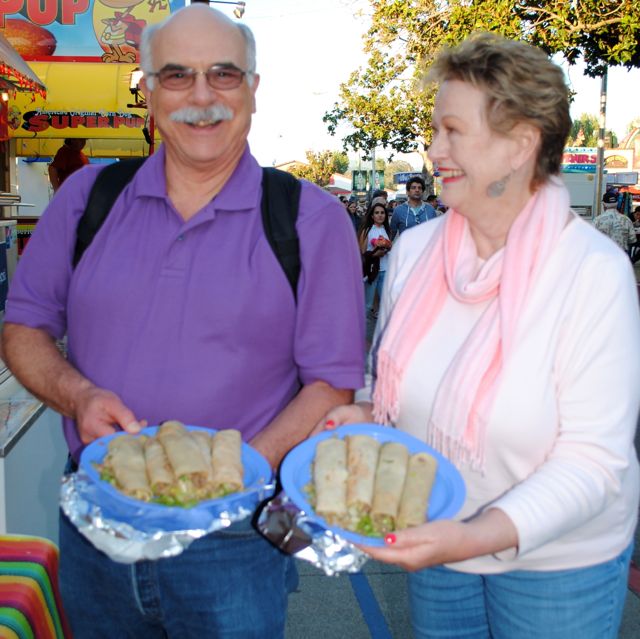

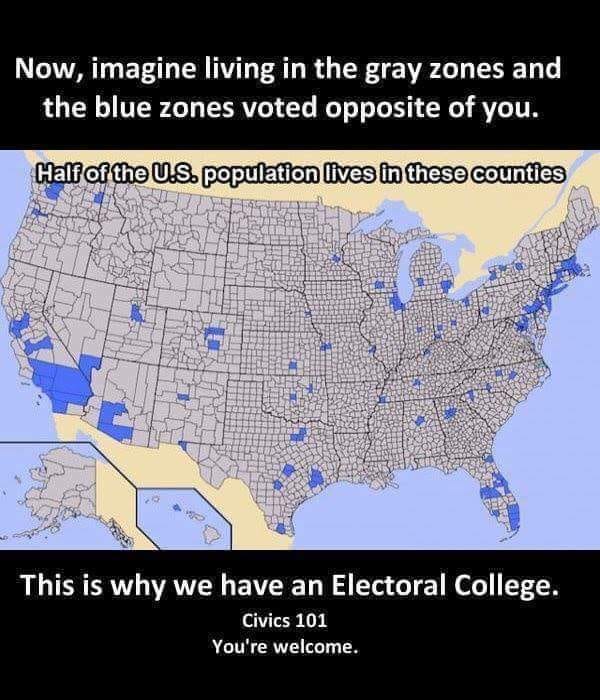
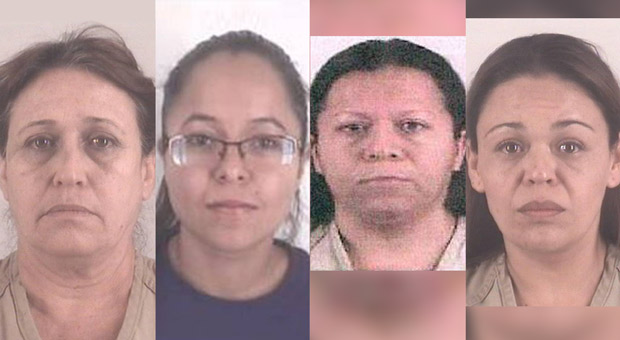

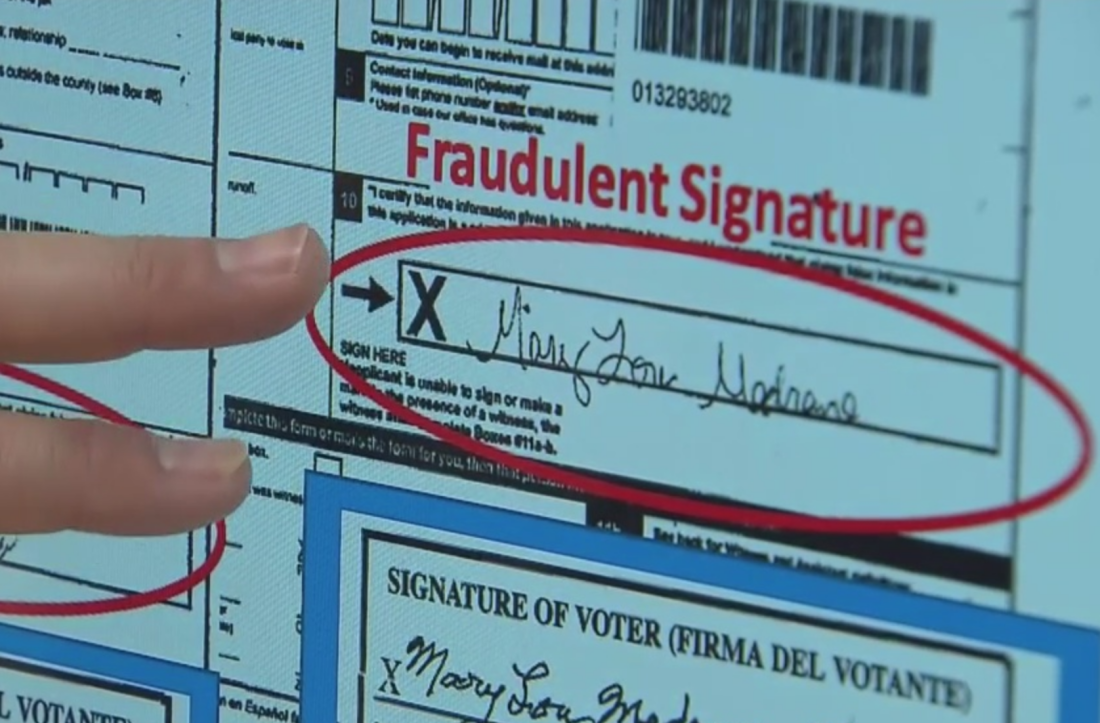
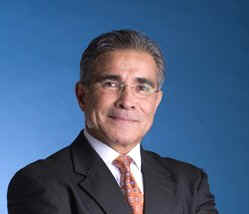
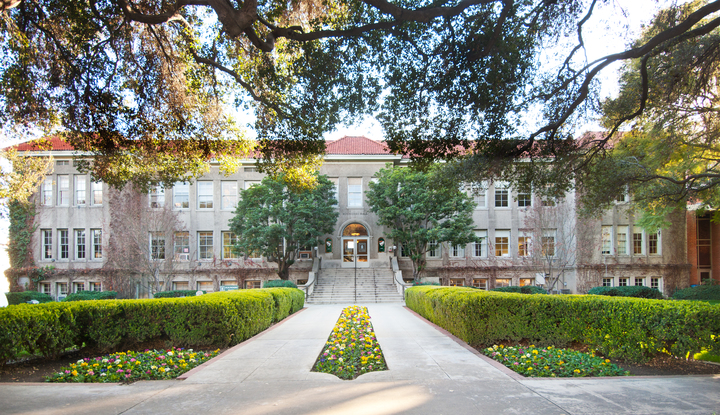
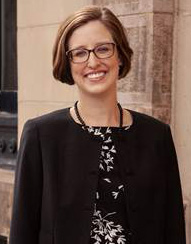
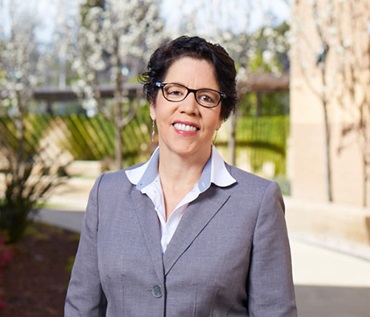
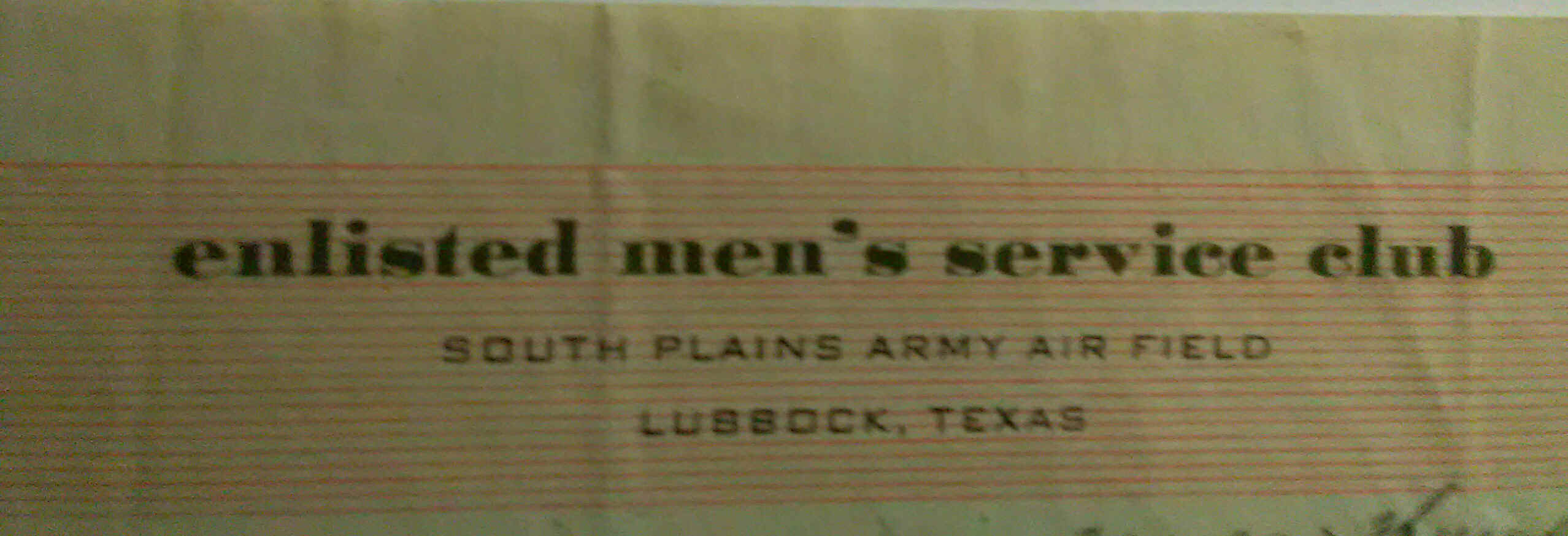
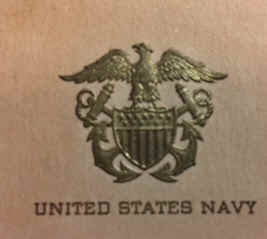

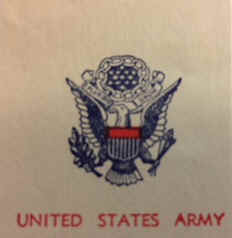
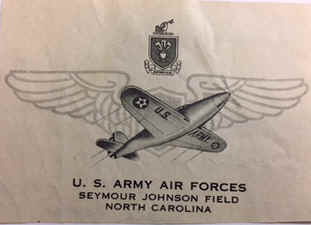
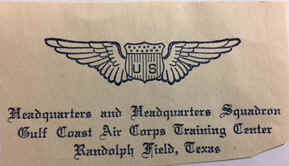
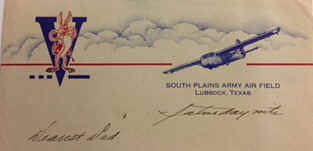
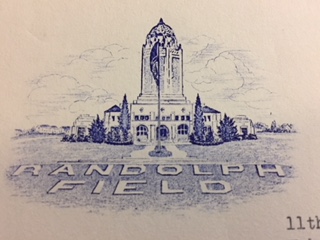
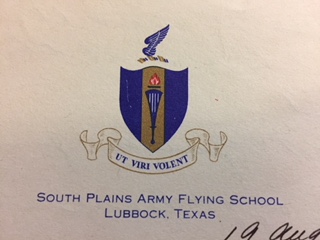
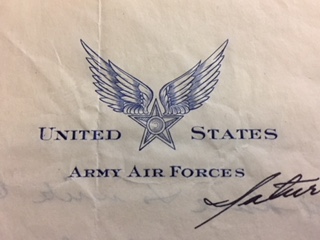
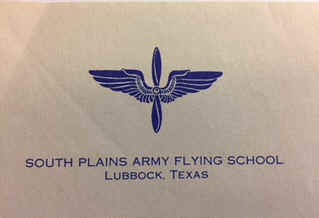
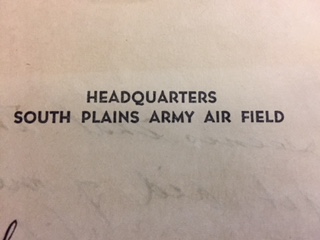
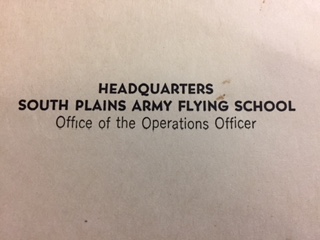
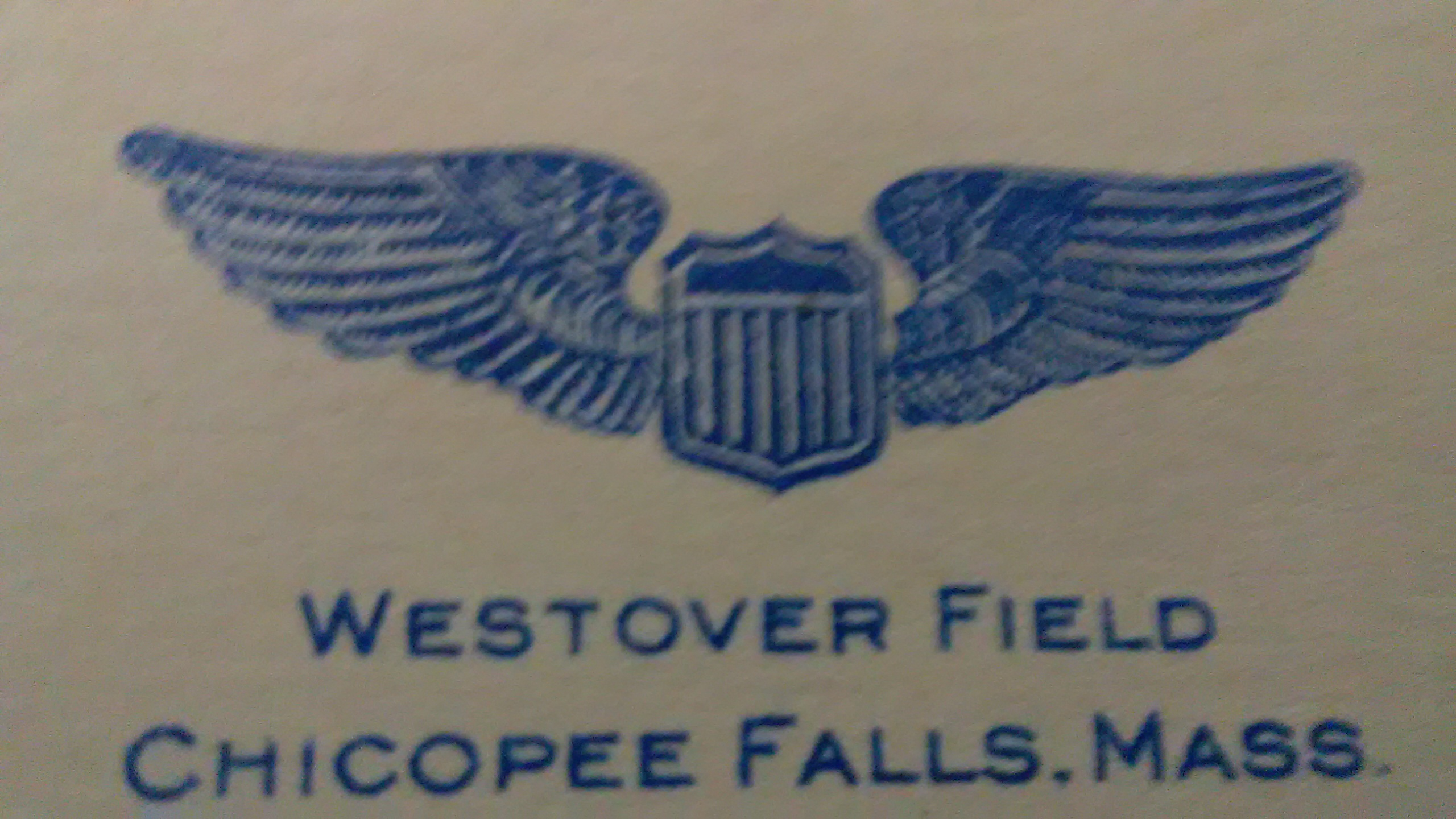
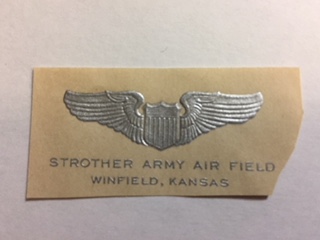
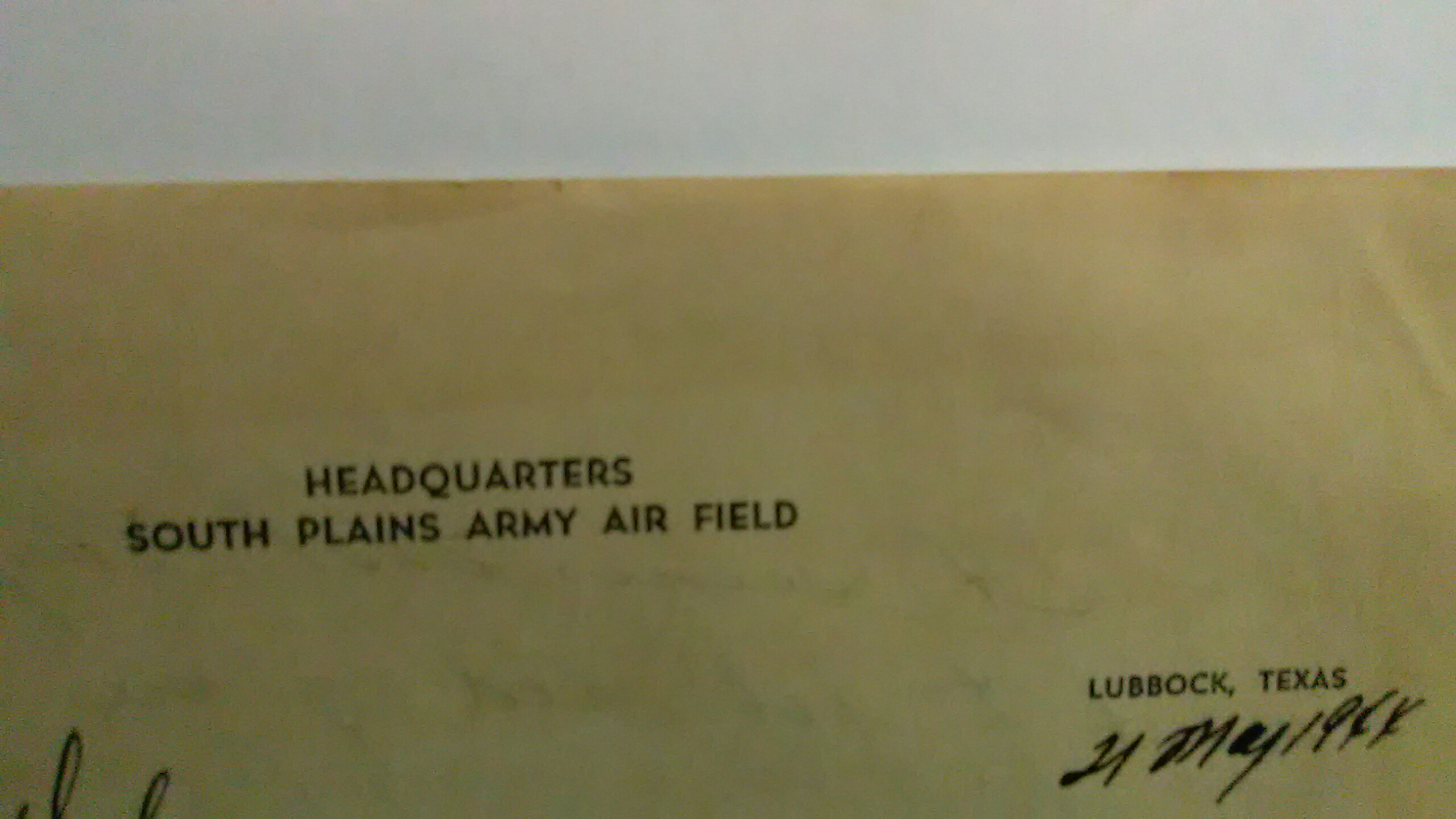
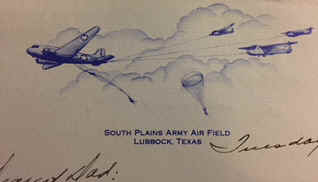

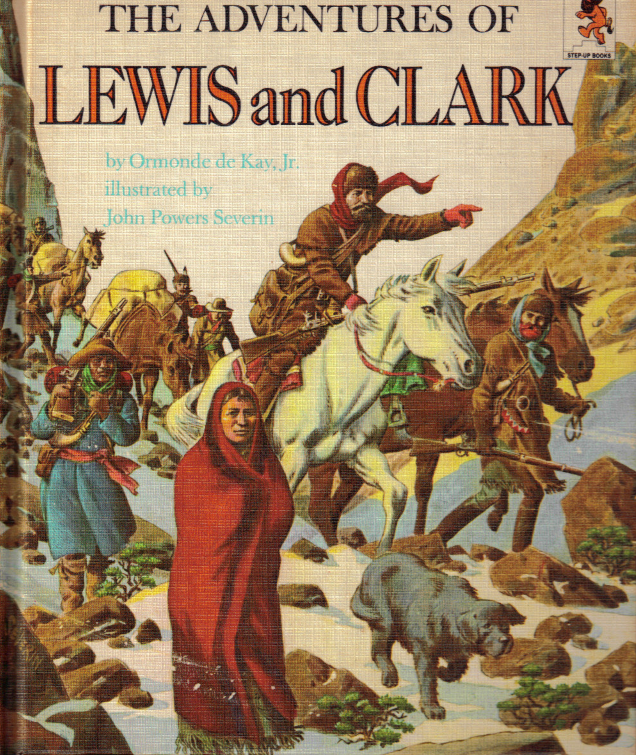
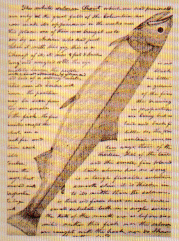
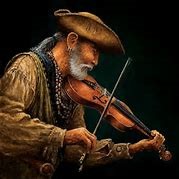
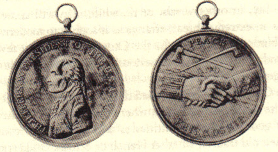
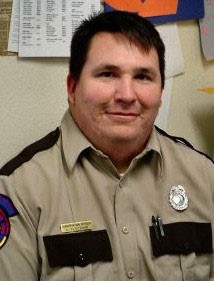
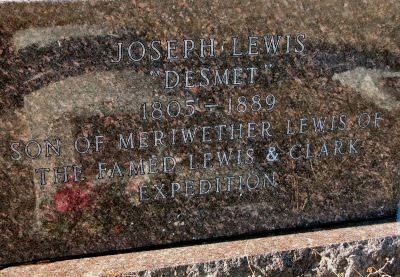
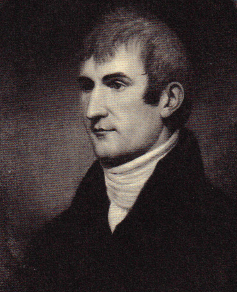
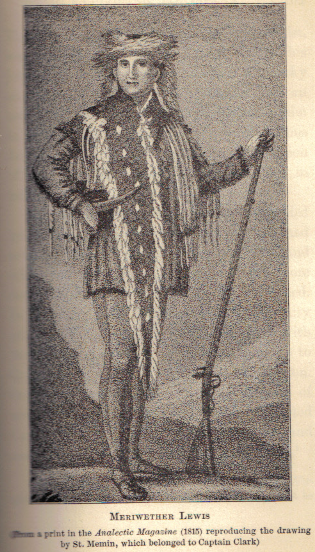
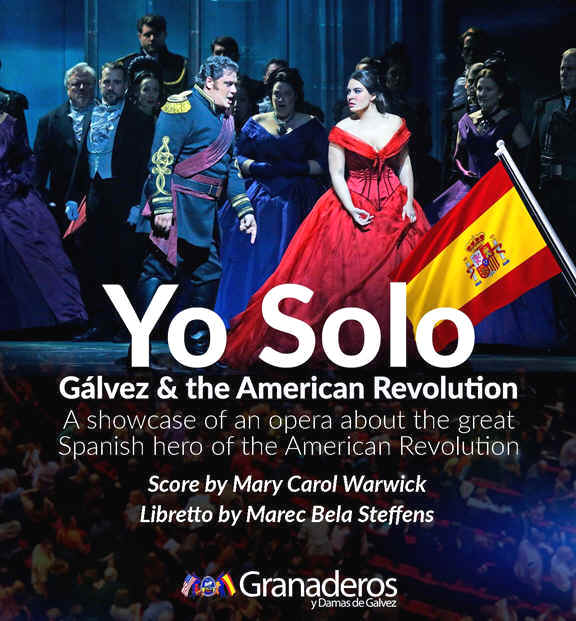
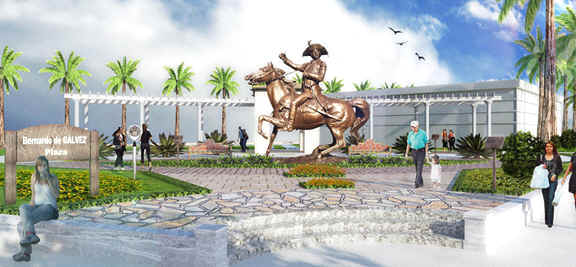
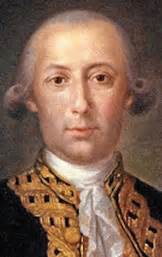
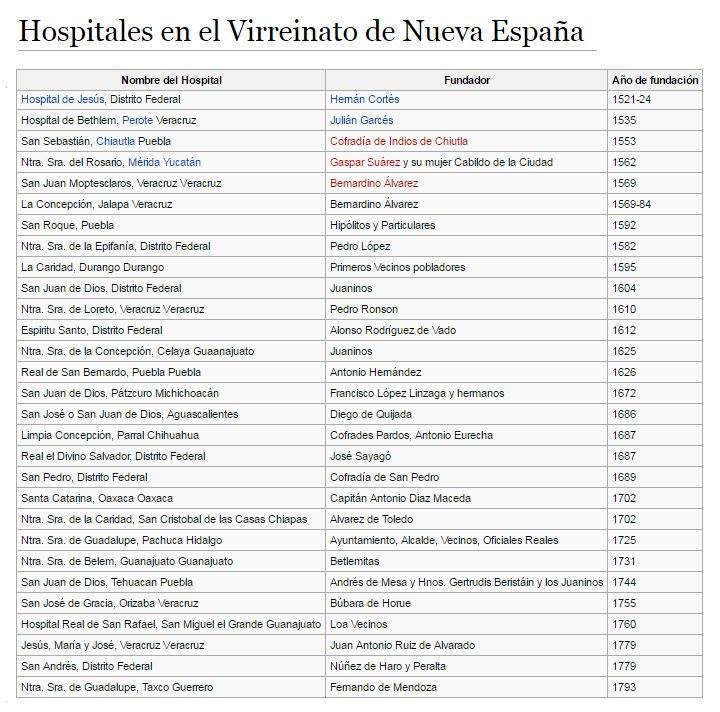






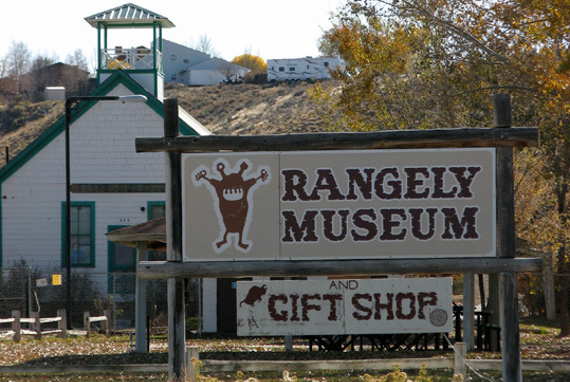
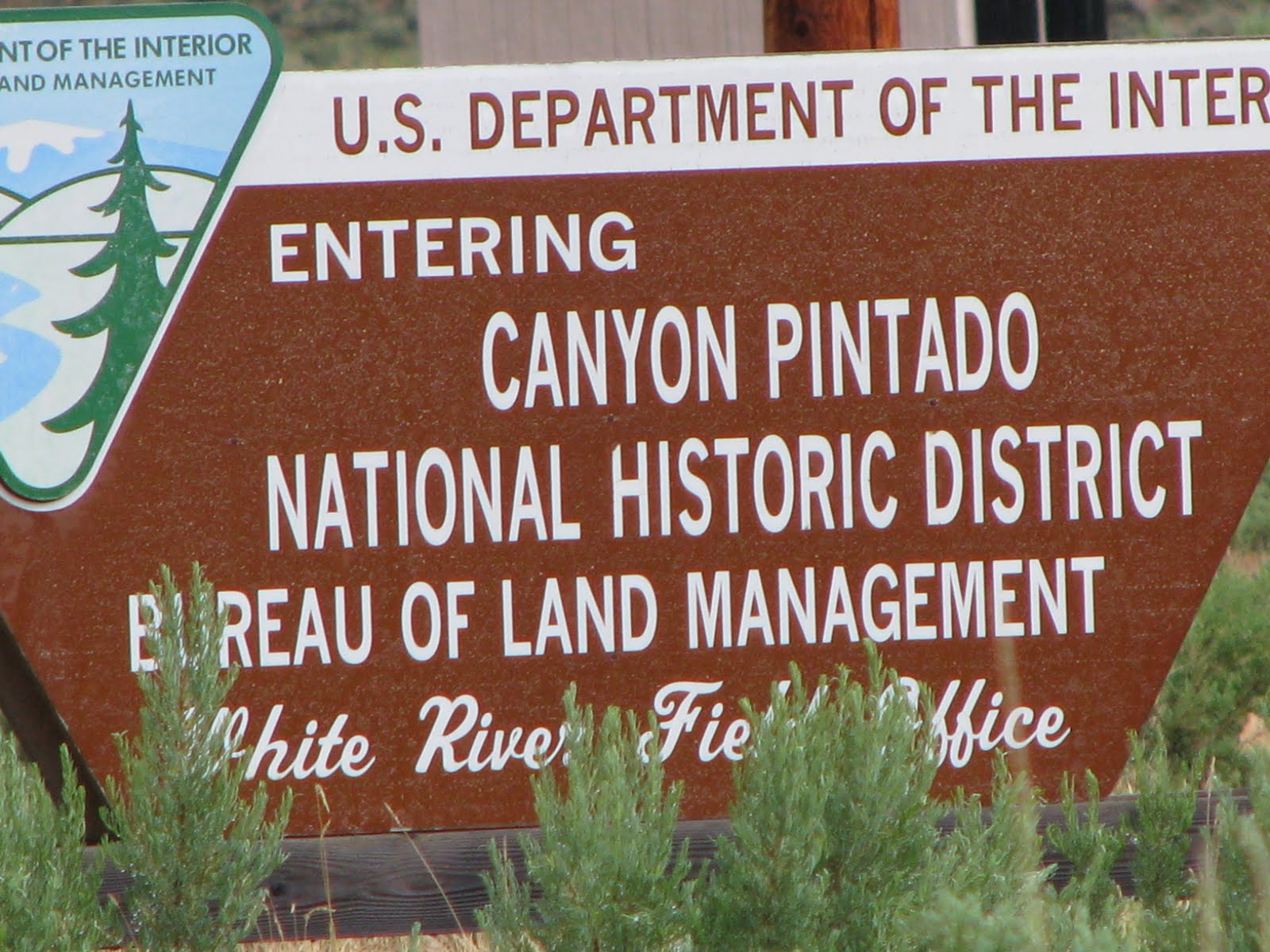

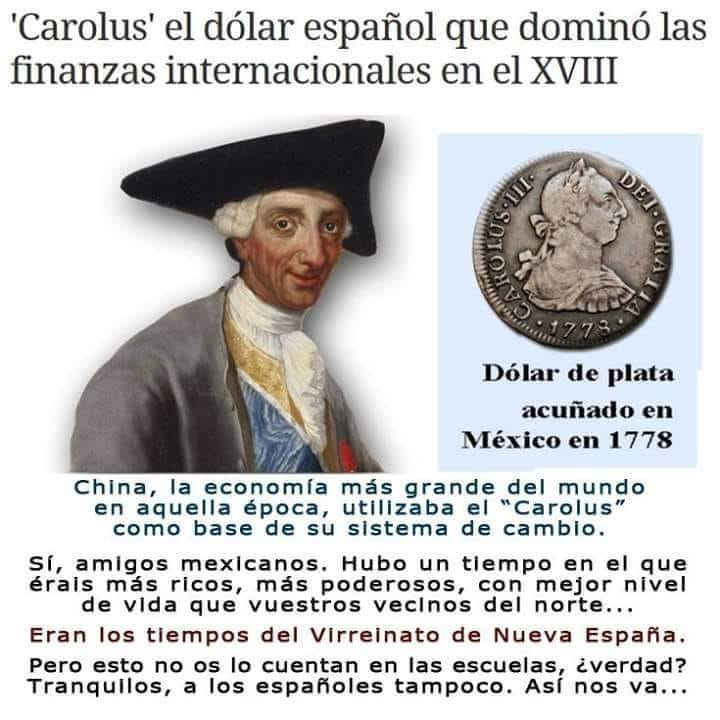

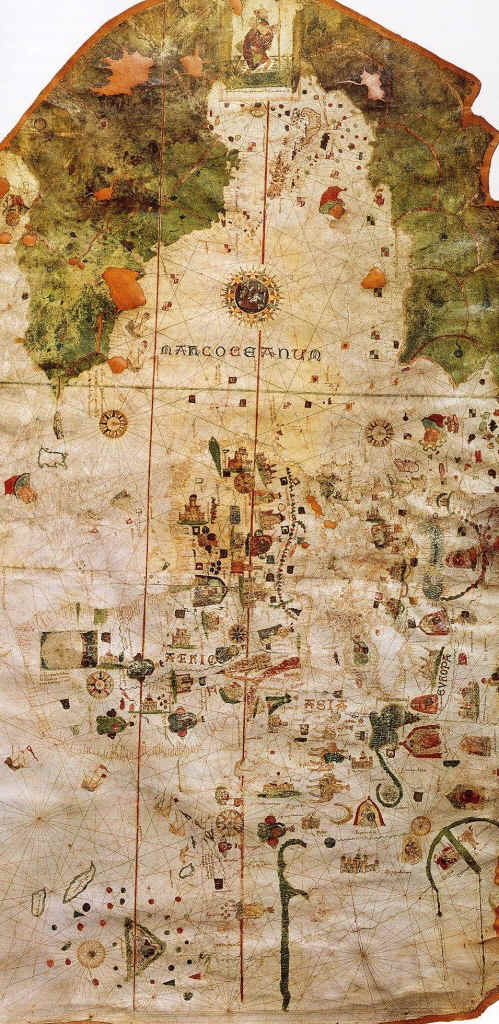
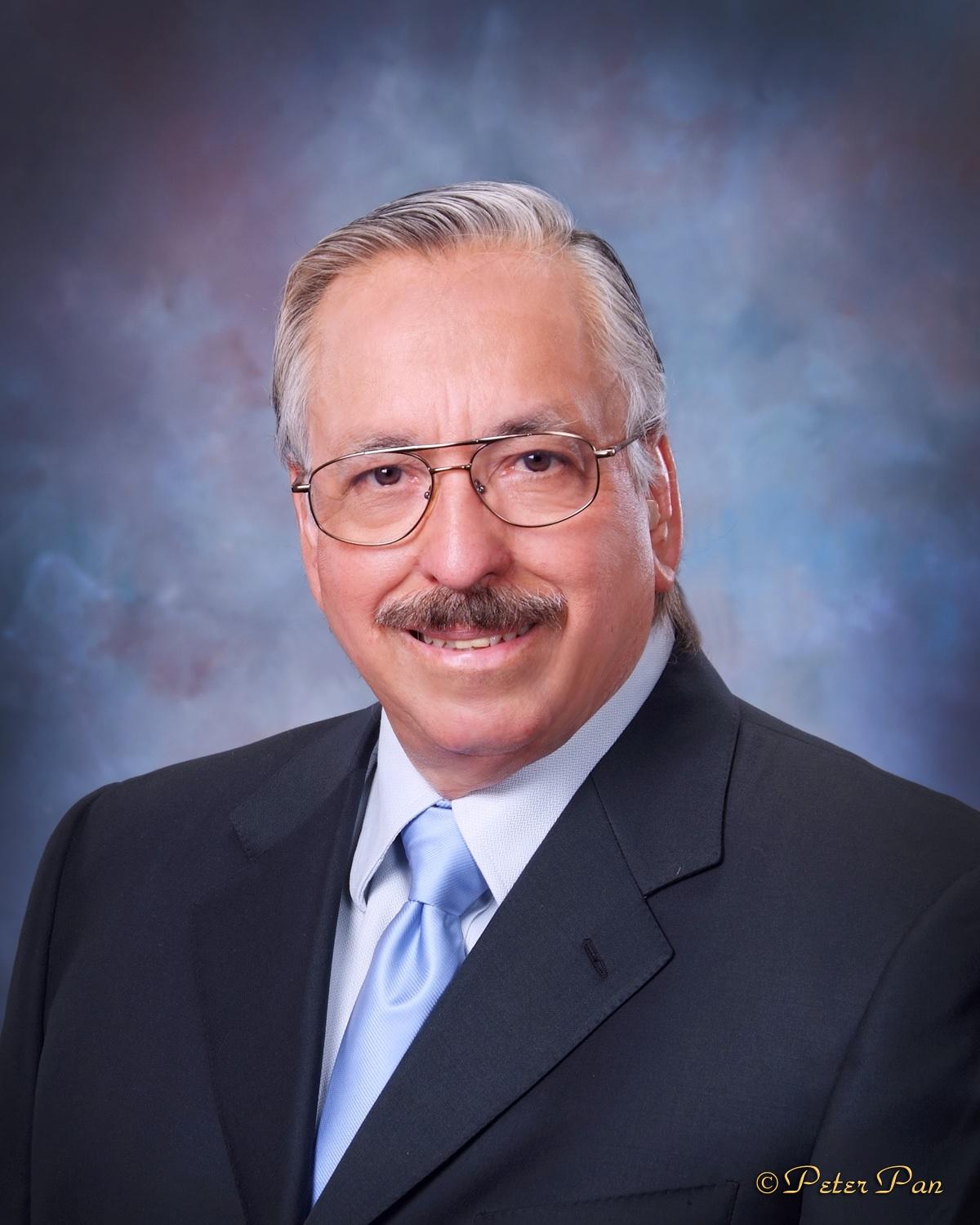
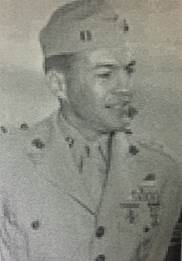
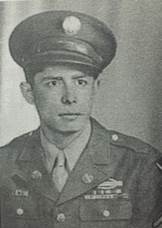
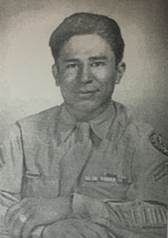
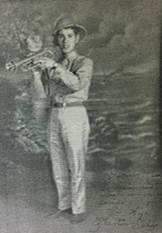

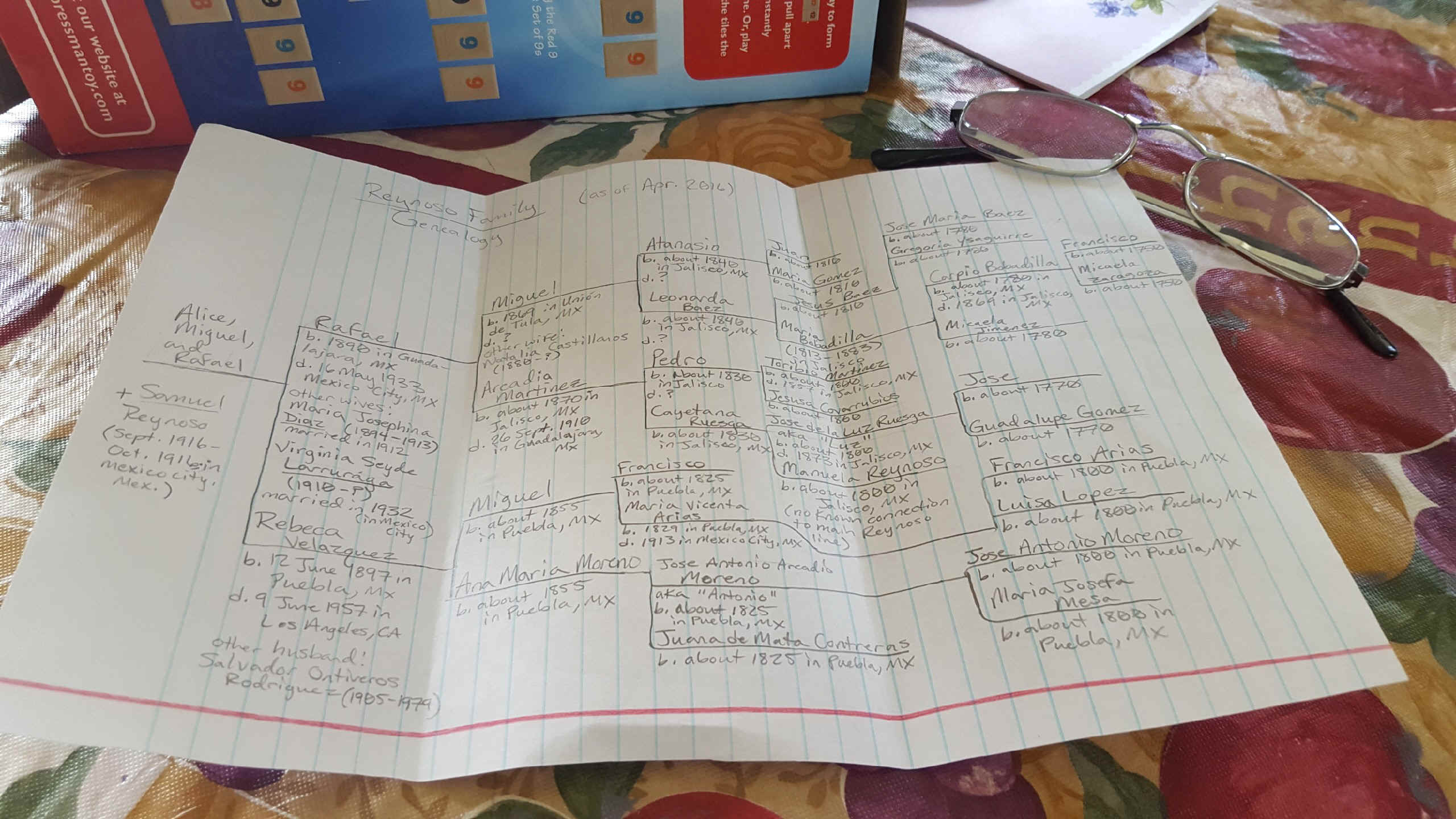

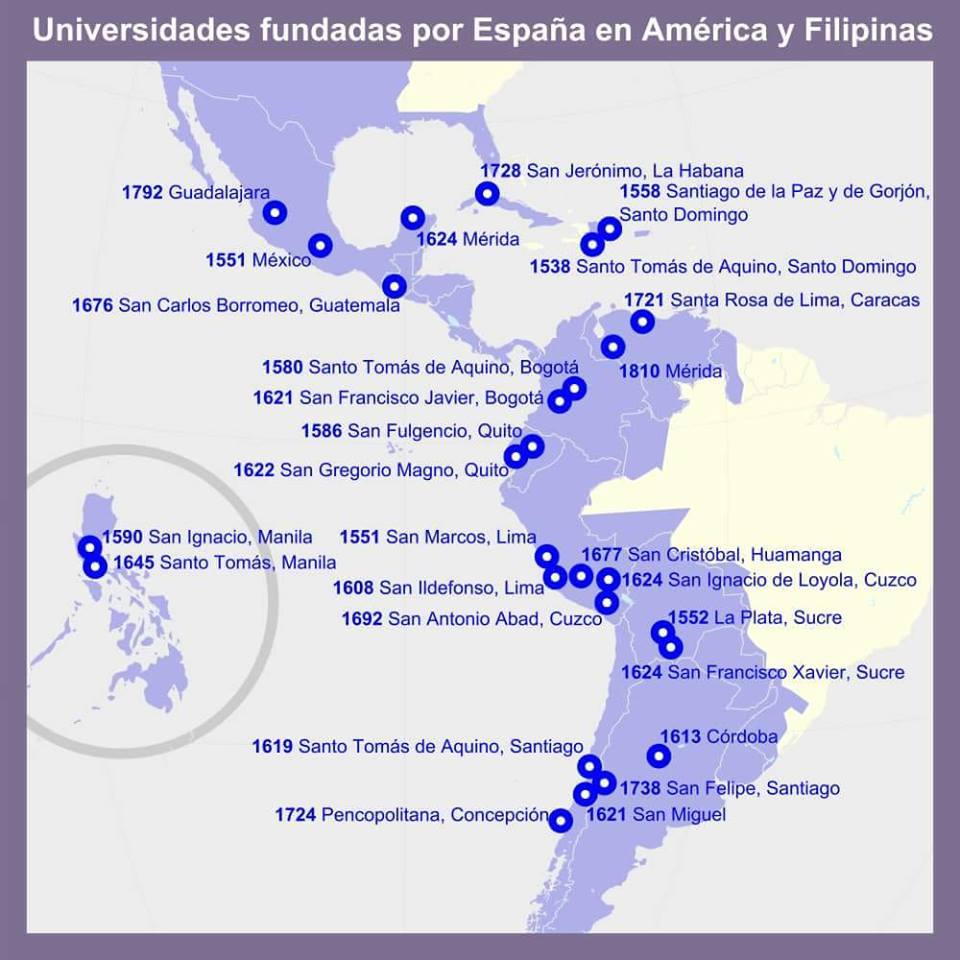

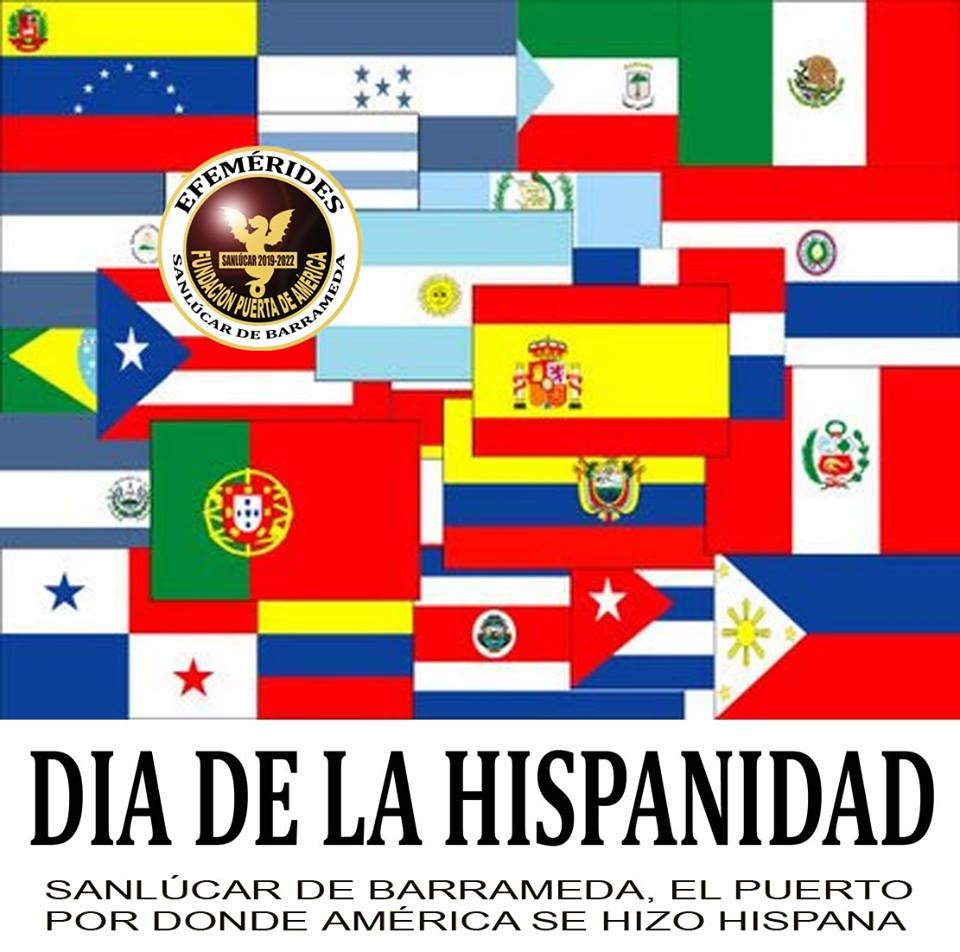
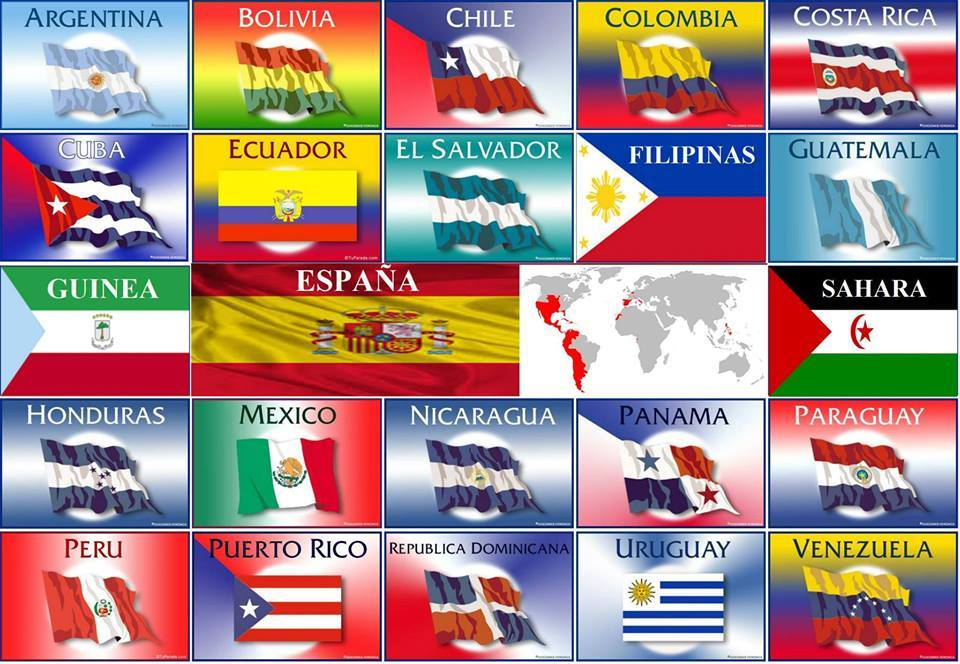
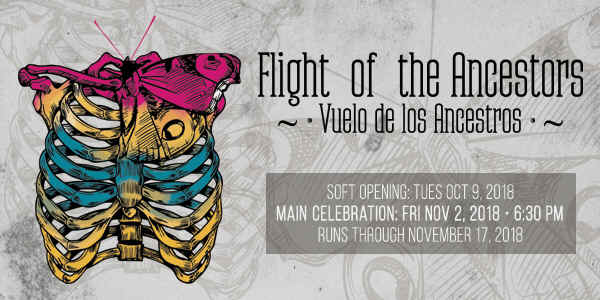
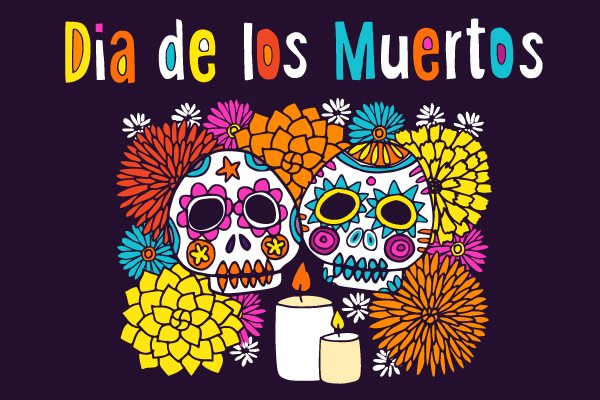




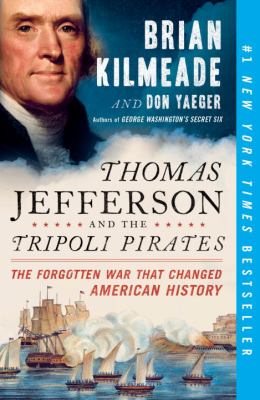
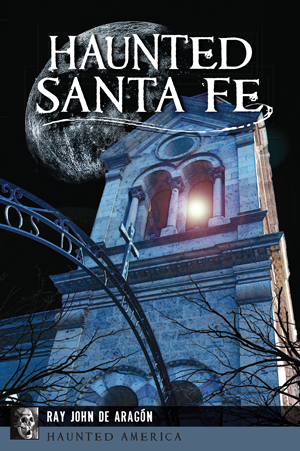
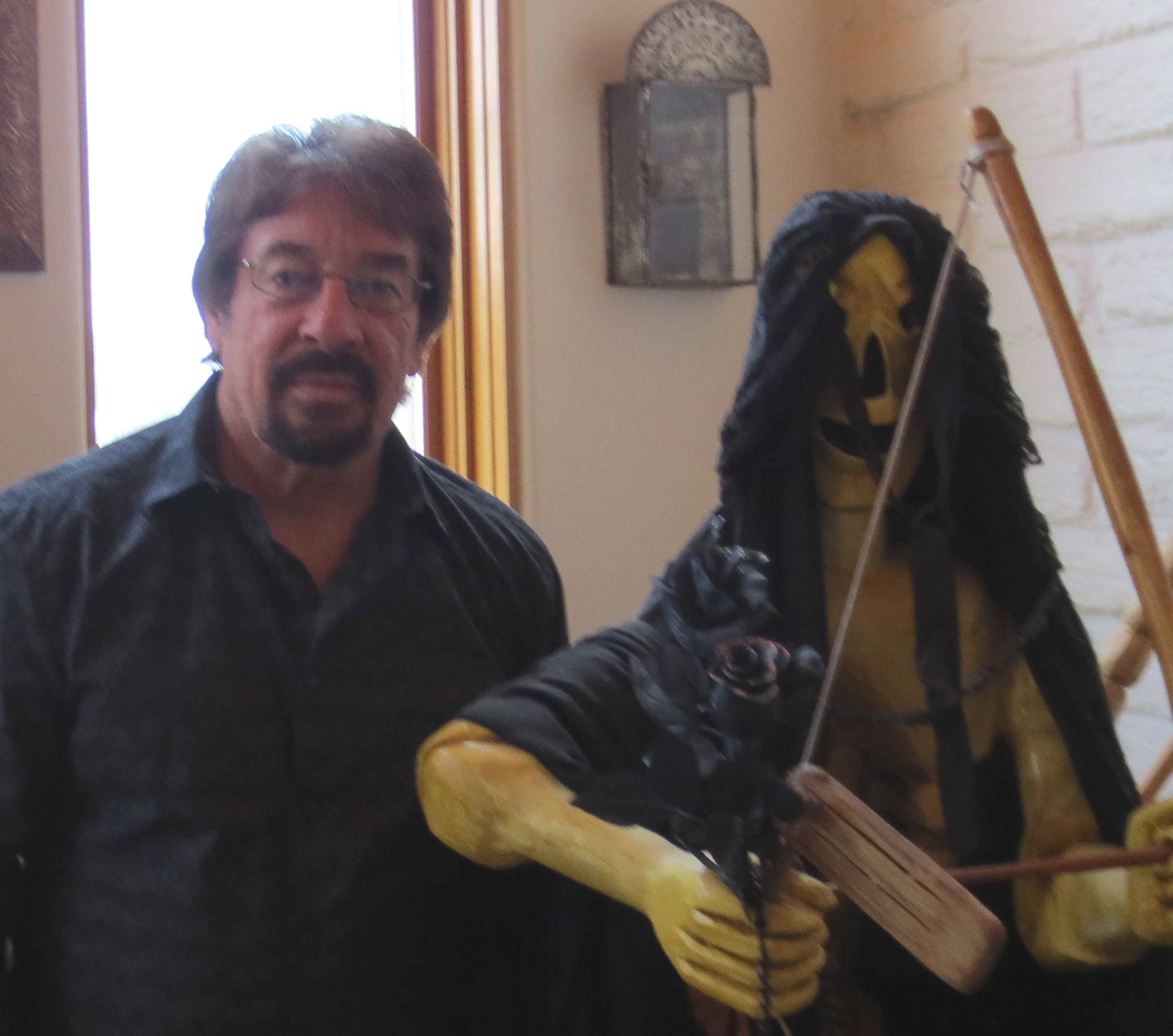 I'm
a native of Las Vegas, New Mexico. When I was a teenager my father,
Maximiliano de Aragon, introduced me to Reies Lopez Tijerina's Land
Grant movement. My father inspired me. I became a very active and
vociferous member of the movement!
I'm
a native of Las Vegas, New Mexico. When I was a teenager my father,
Maximiliano de Aragon, introduced me to Reies Lopez Tijerina's Land
Grant movement. My father inspired me. I became a very active and
vociferous member of the movement! 

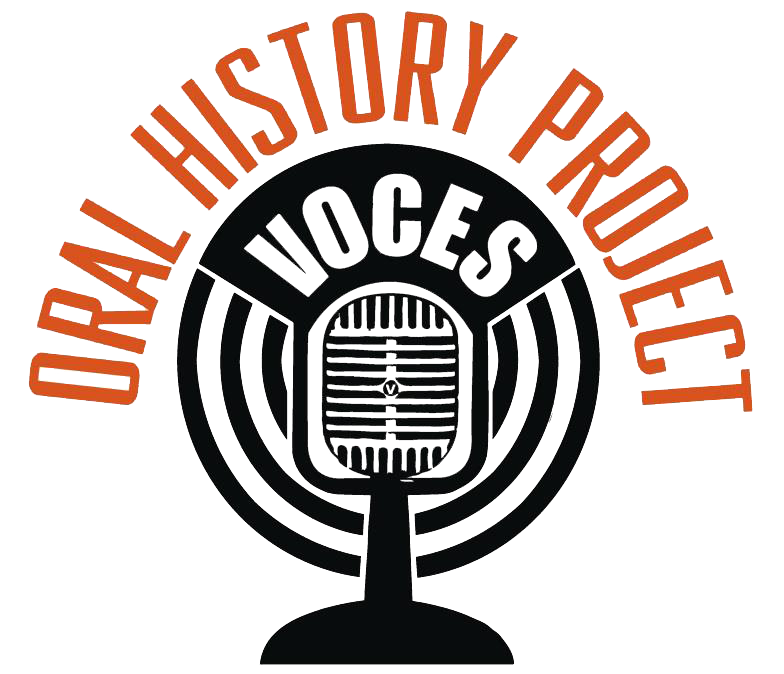


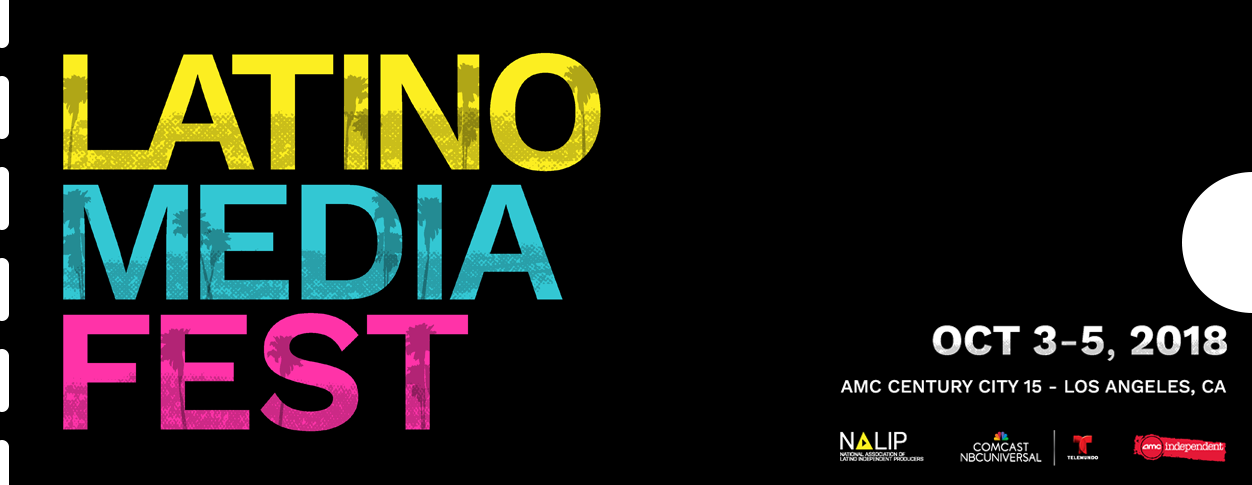

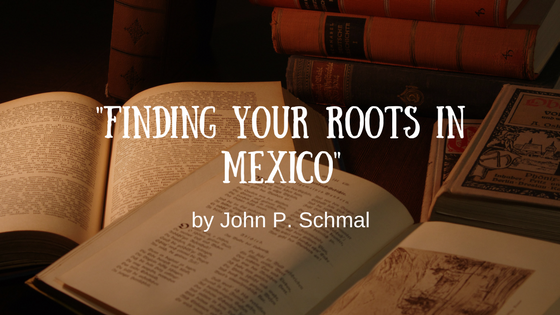
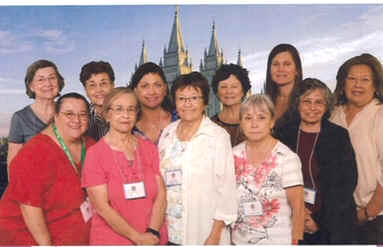
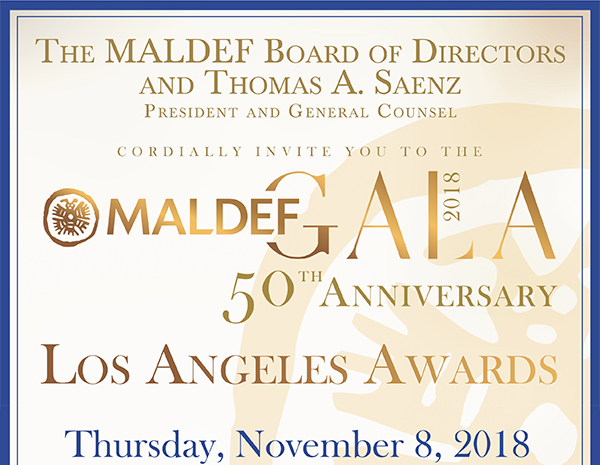
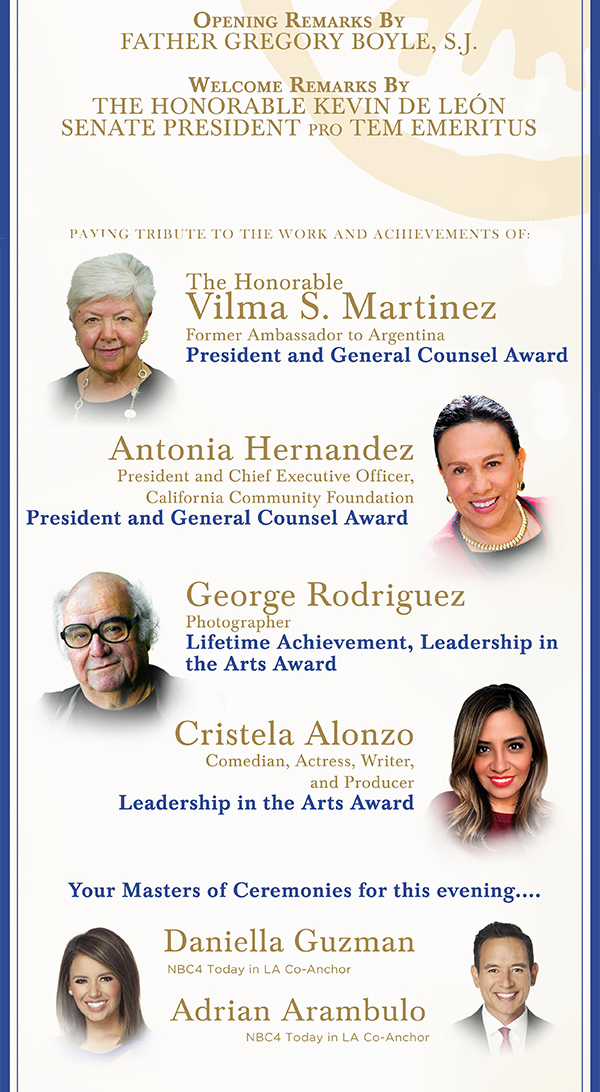

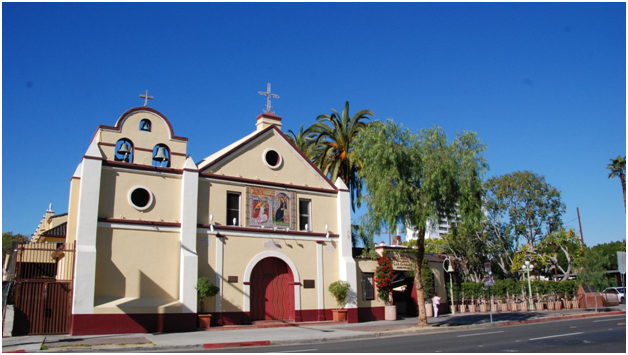
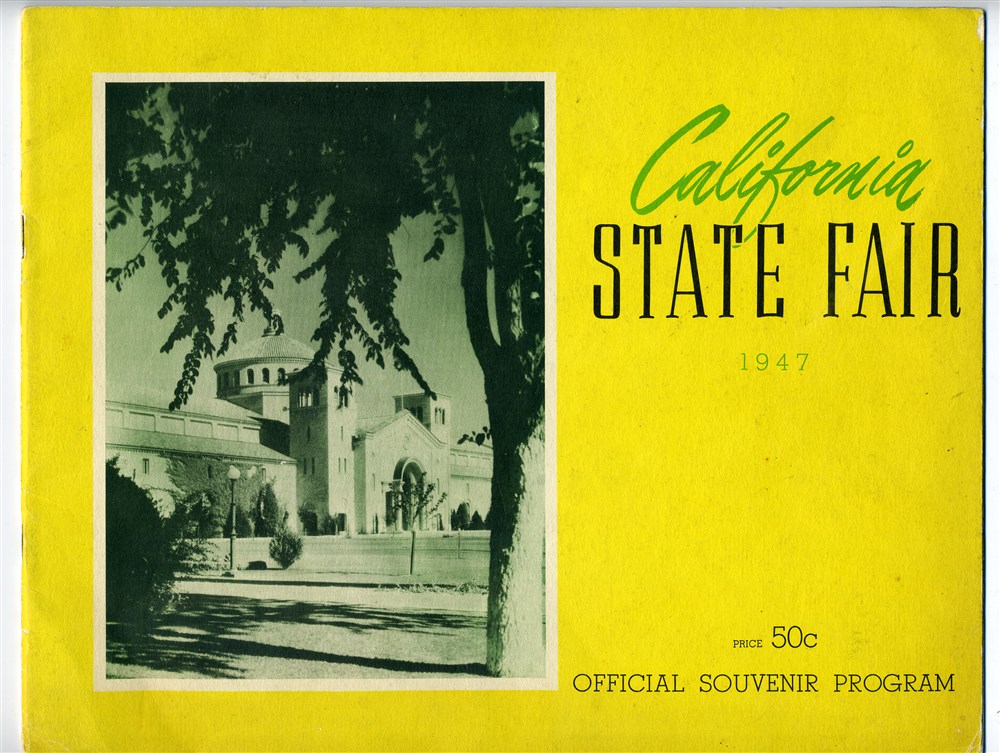
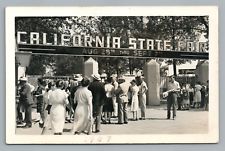 After five years of not holding a fair, the 1947 Fair
was extremely well attendance, One of the memories that stands out was being
left at the fair over-night. Thousands attended, locals and hundreds of
out-of-towners. The high attendance created a real need for
sleeping accommodations.
After five years of not holding a fair, the 1947 Fair
was extremely well attendance, One of the memories that stands out was being
left at the fair over-night. Thousands attended, locals and hundreds of
out-of-towners. The high attendance created a real need for
sleeping accommodations. 
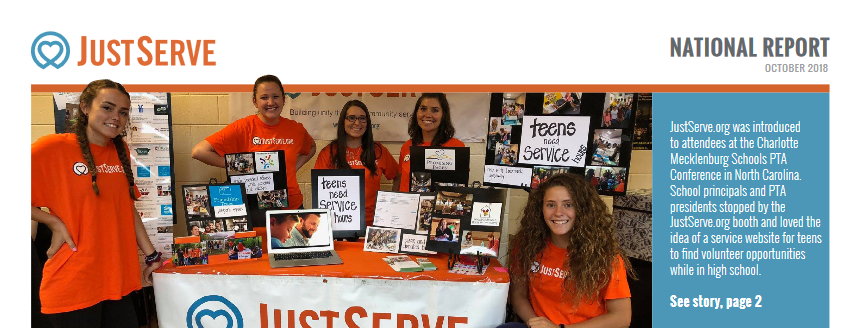
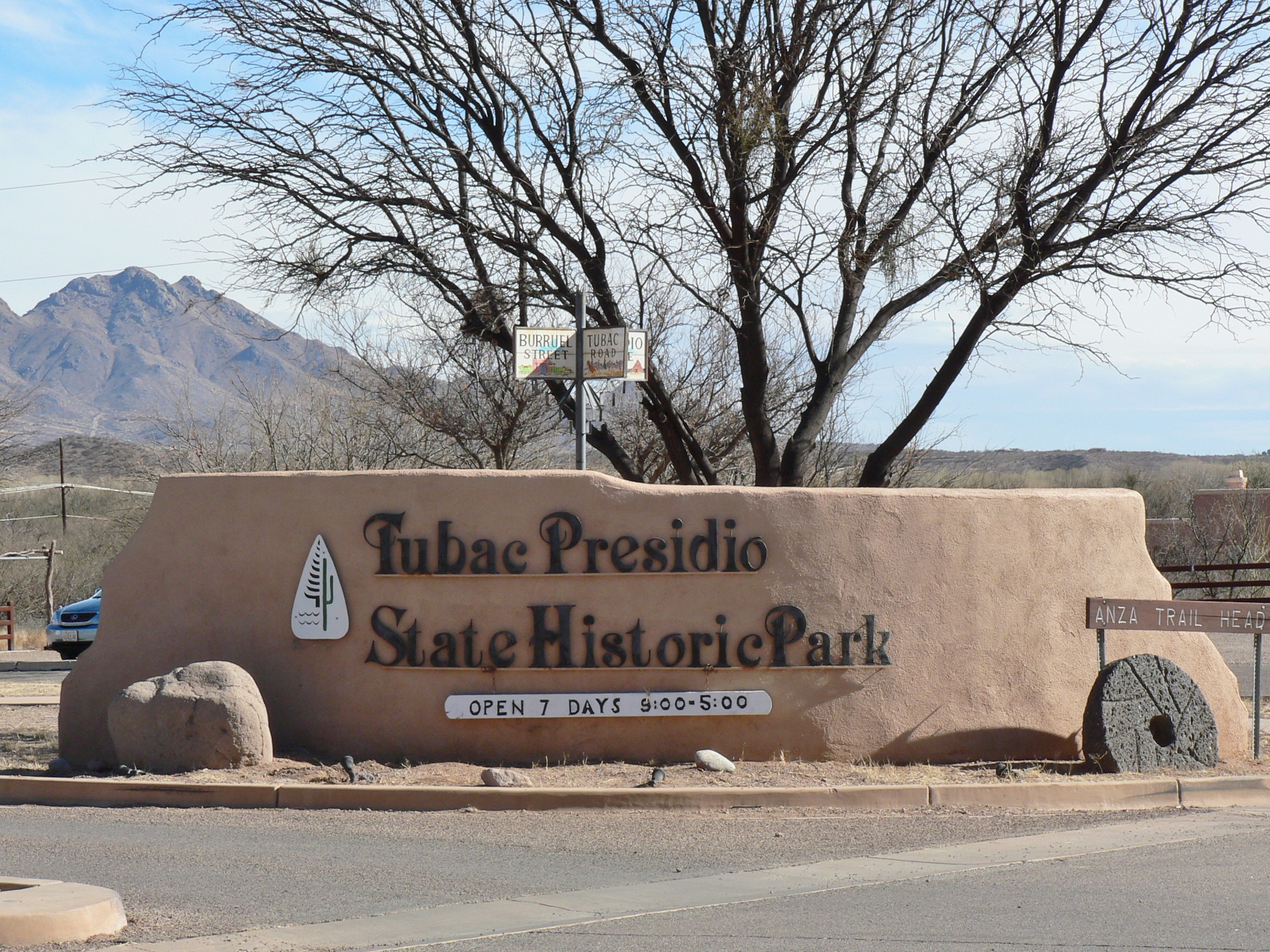
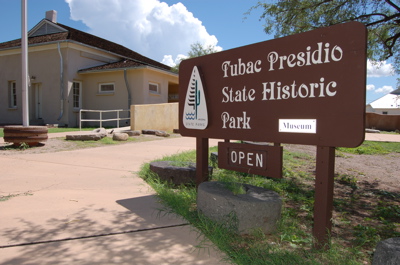
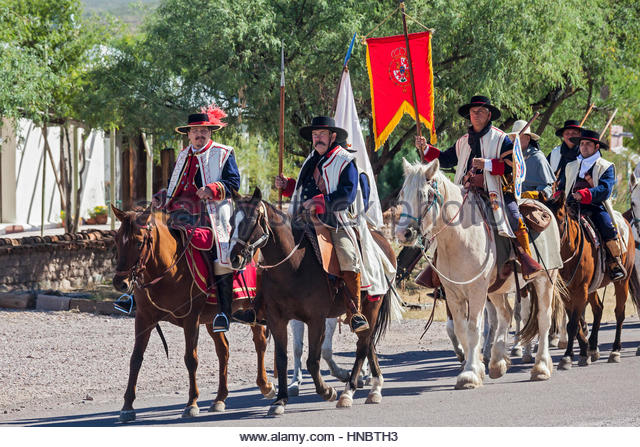
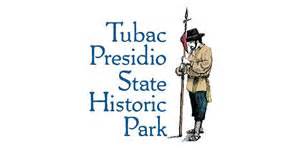
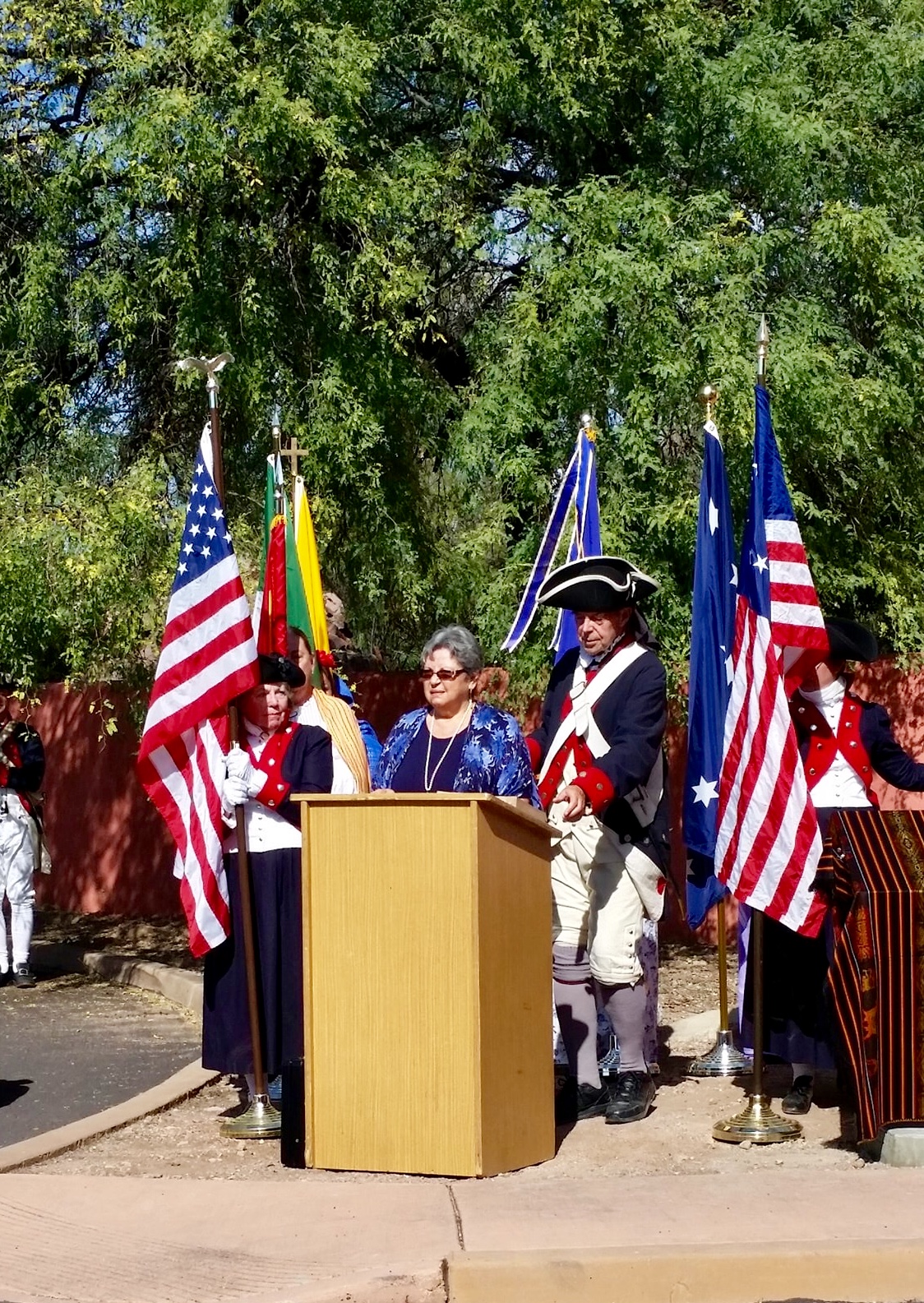
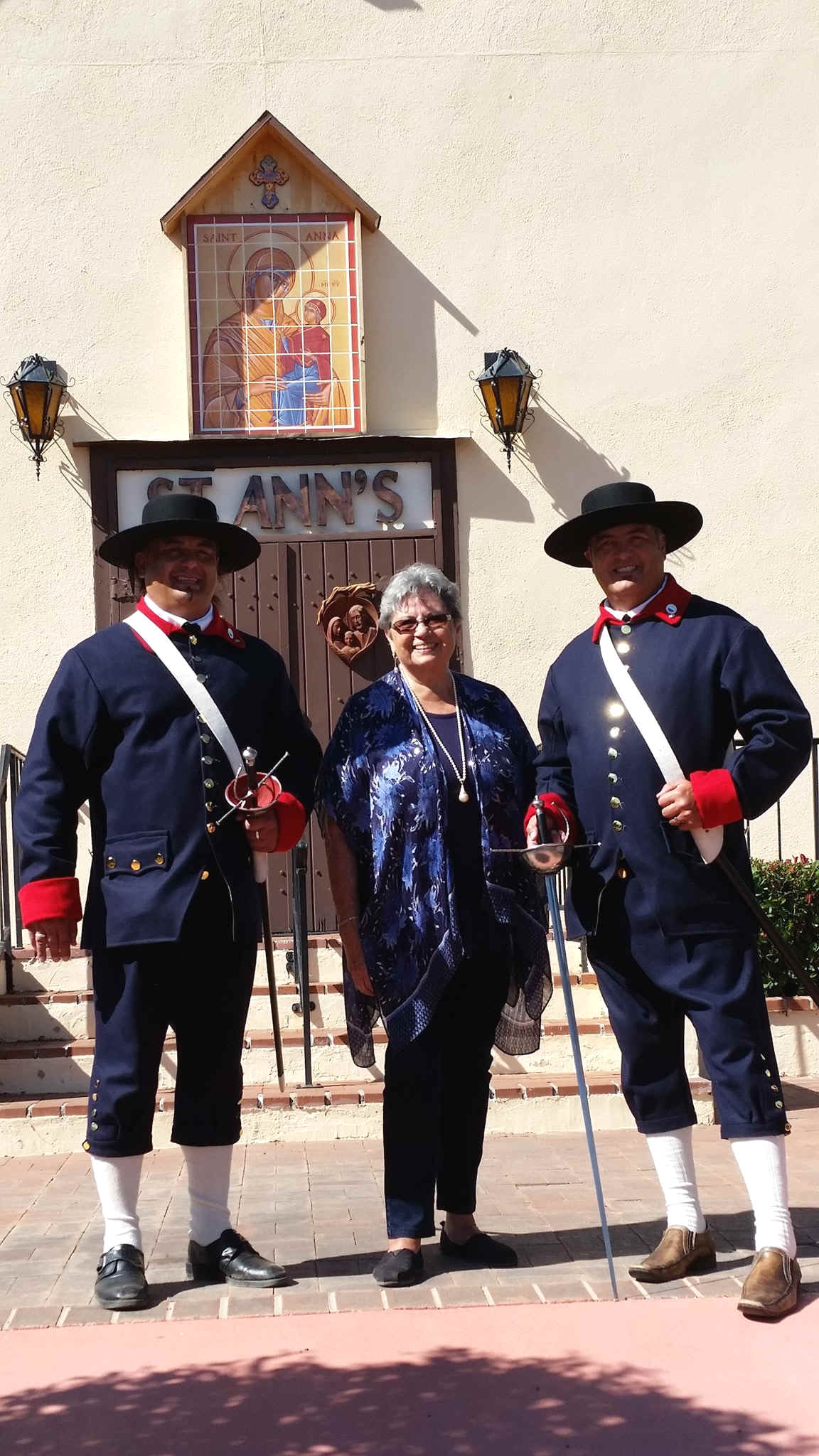
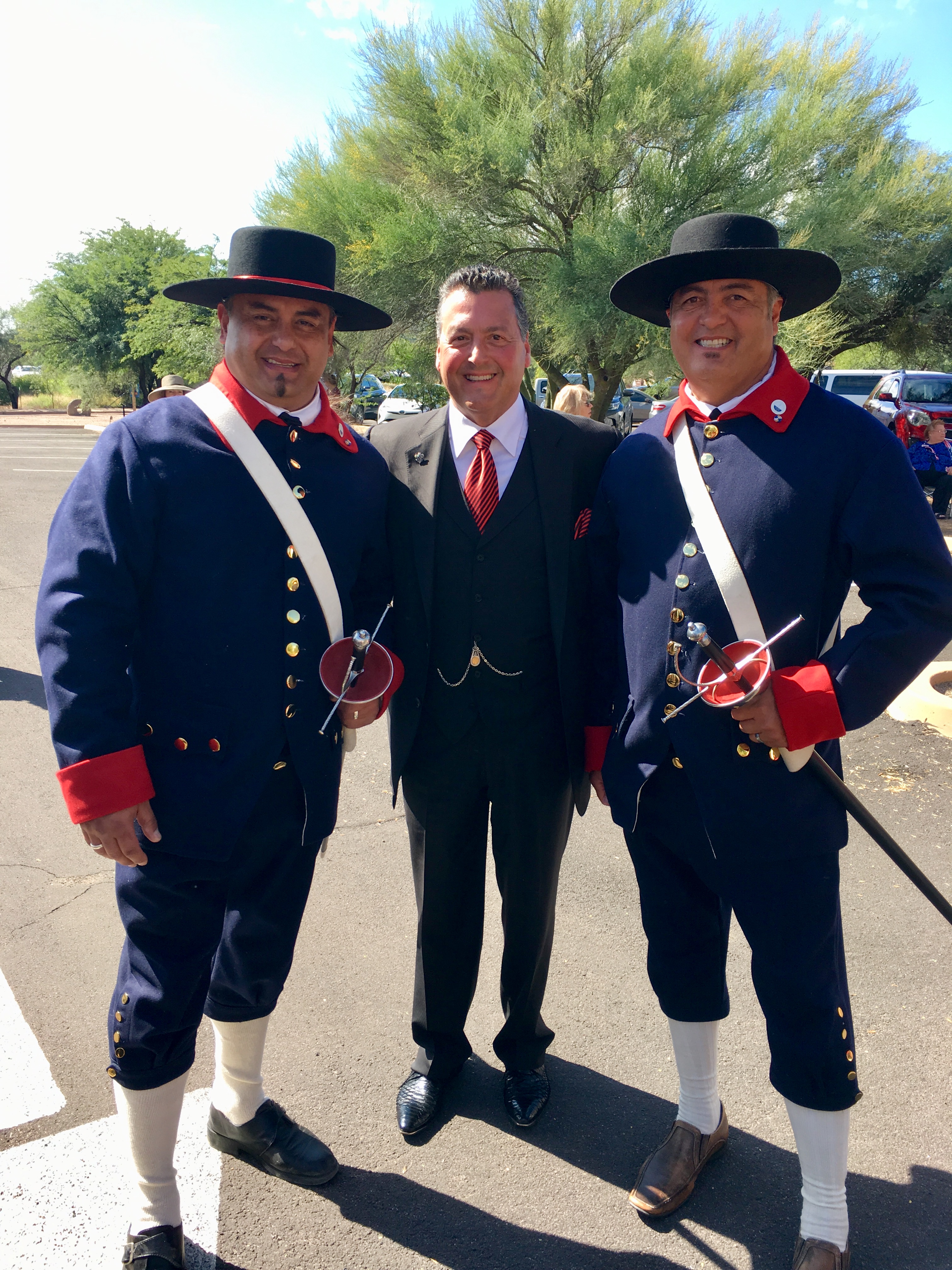
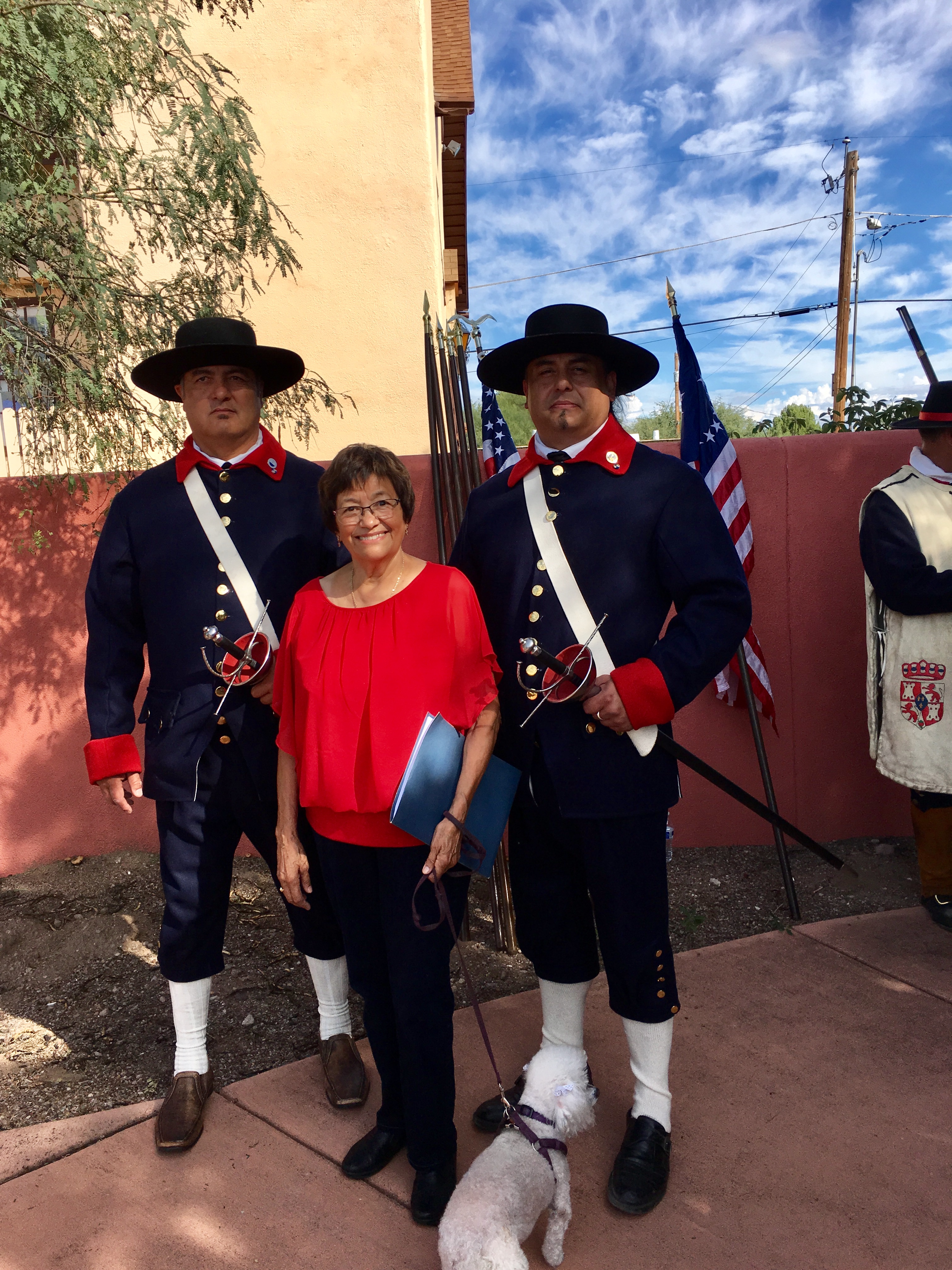

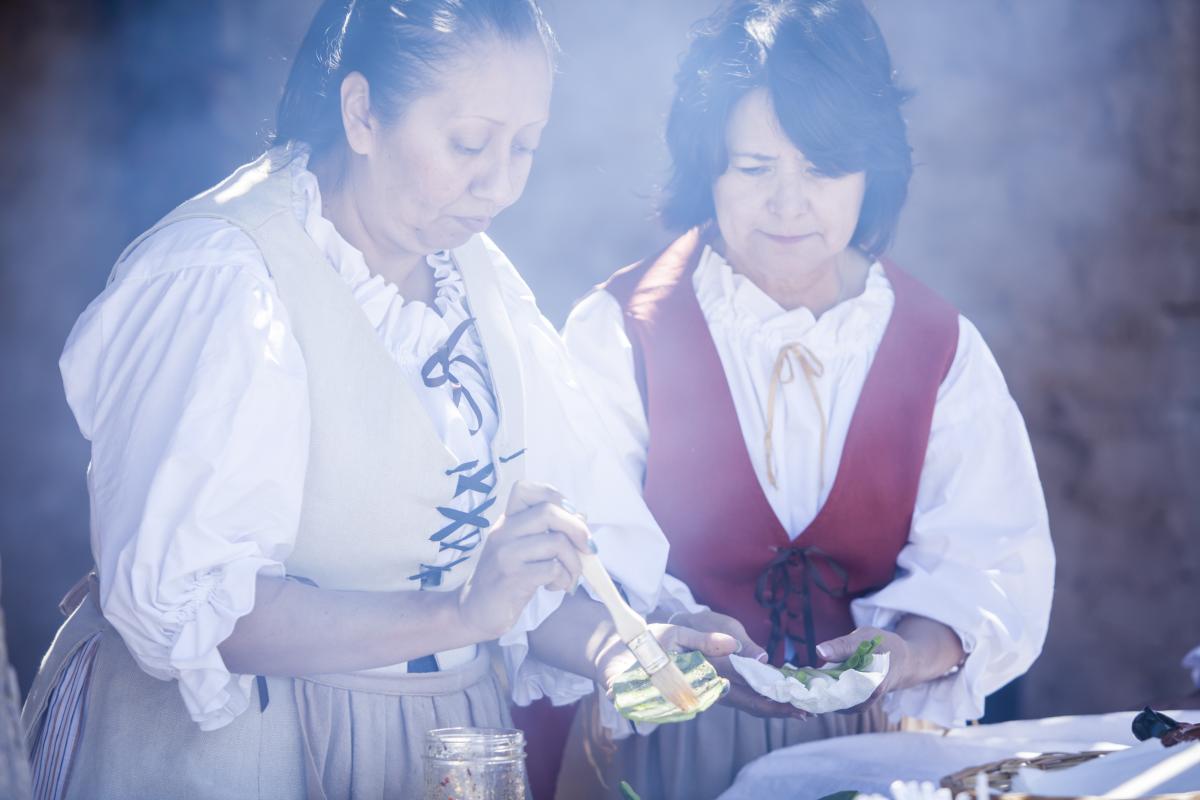
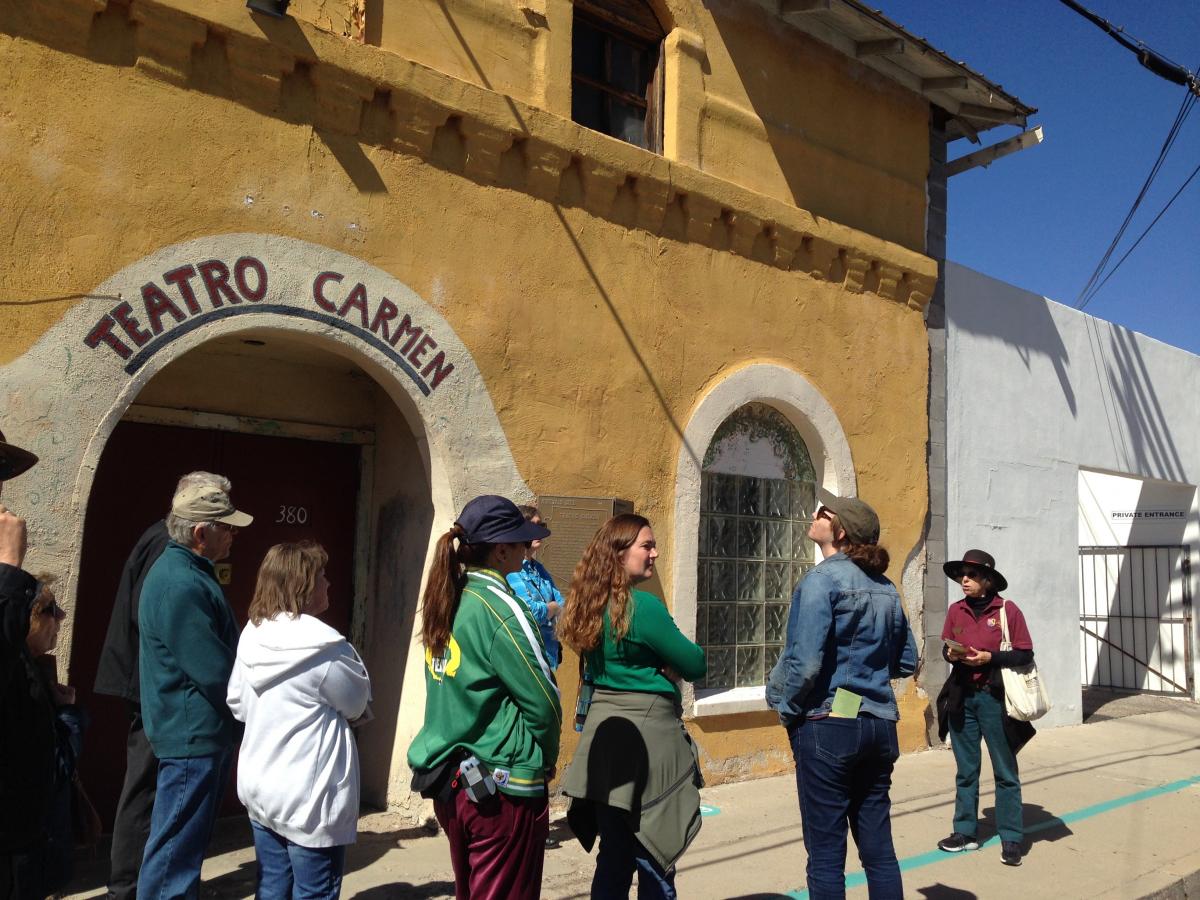
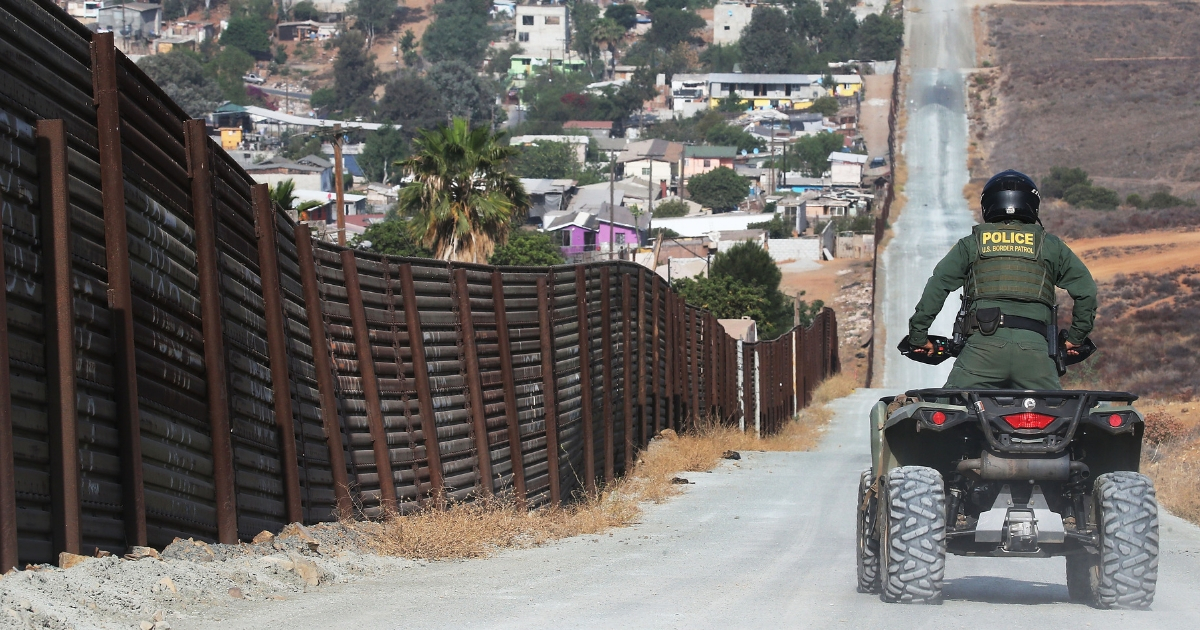
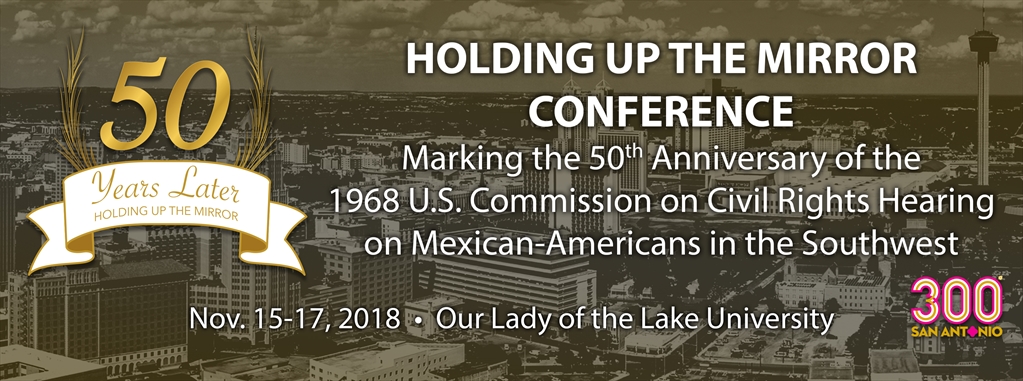

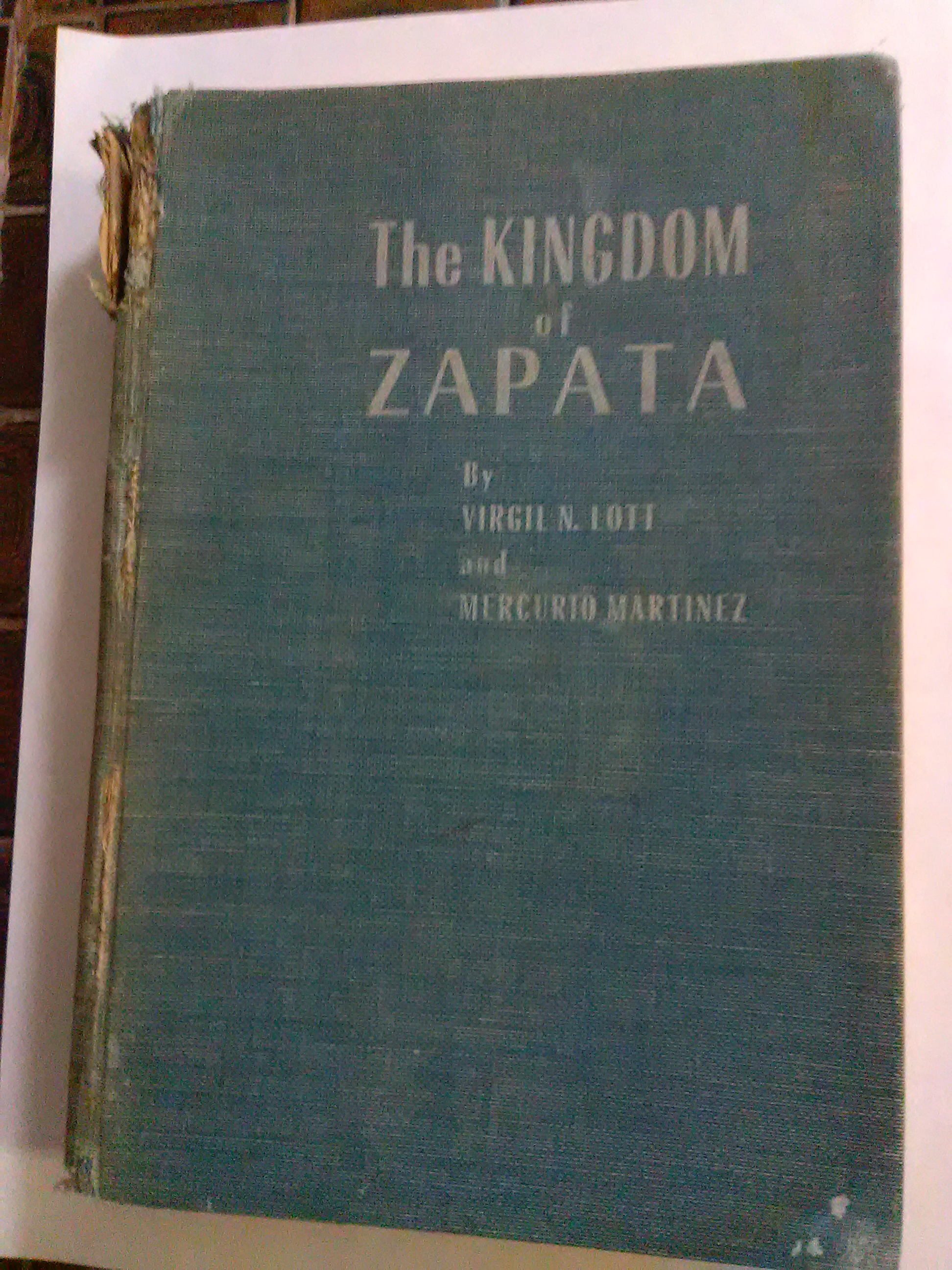
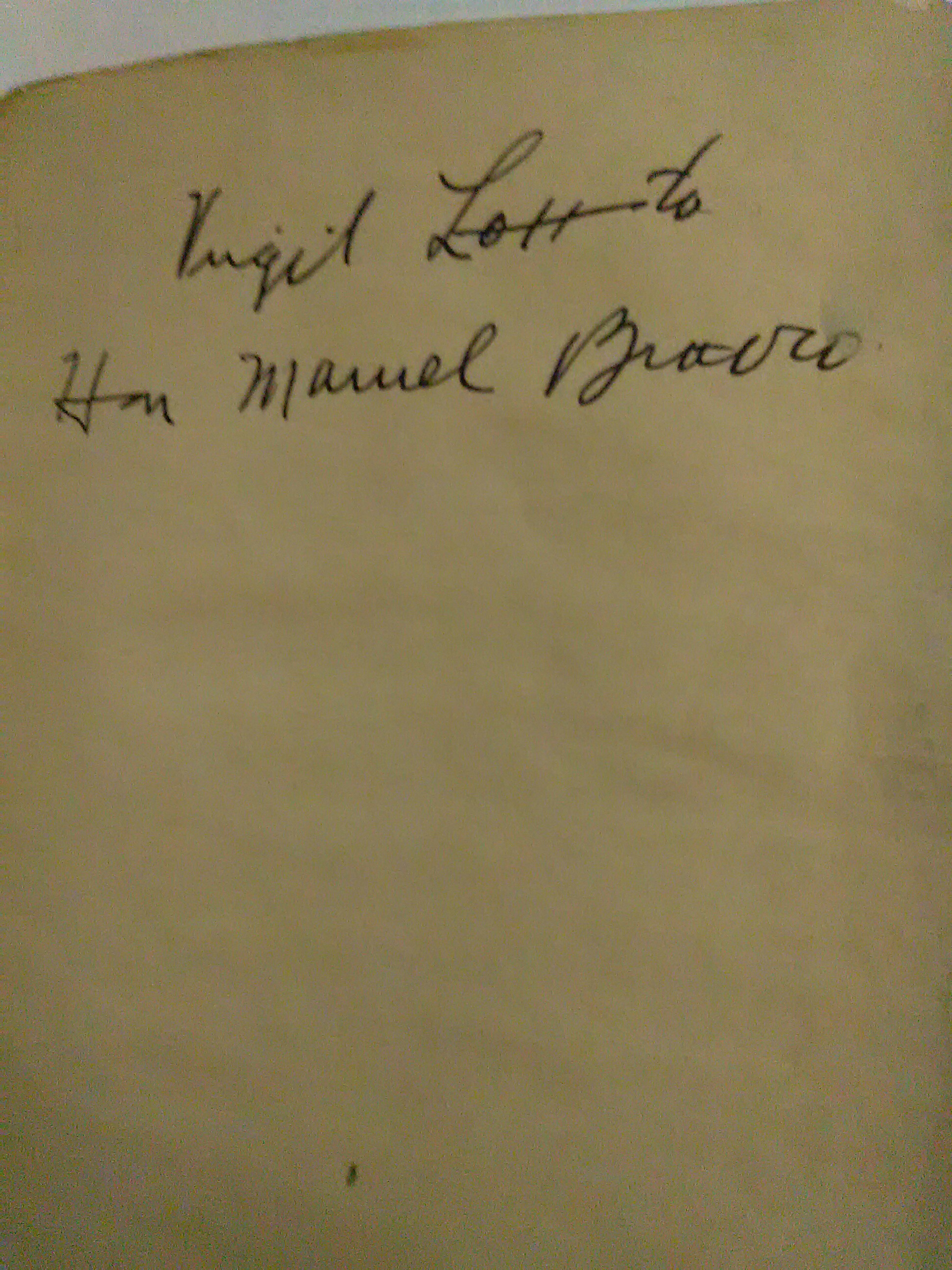
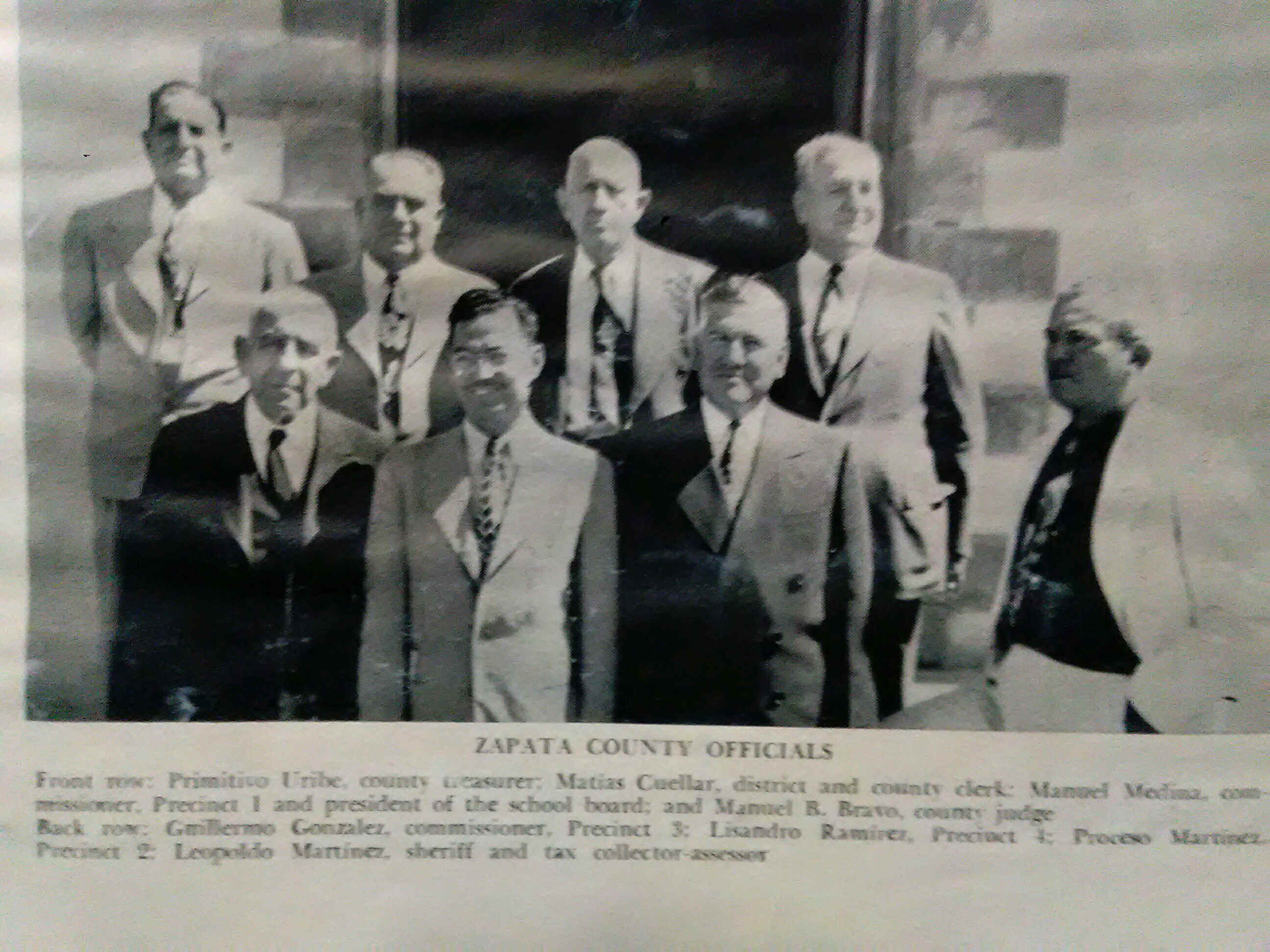
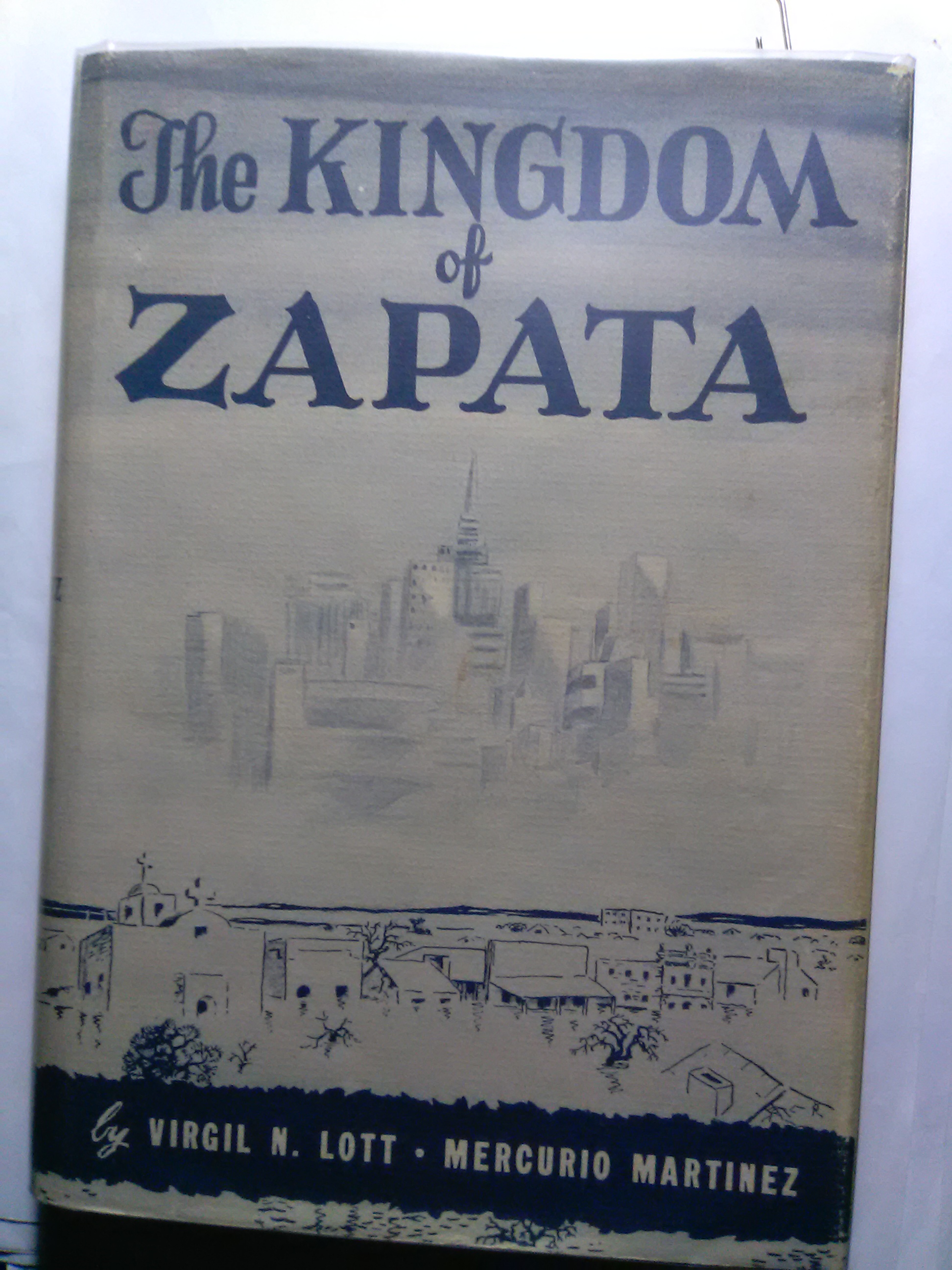
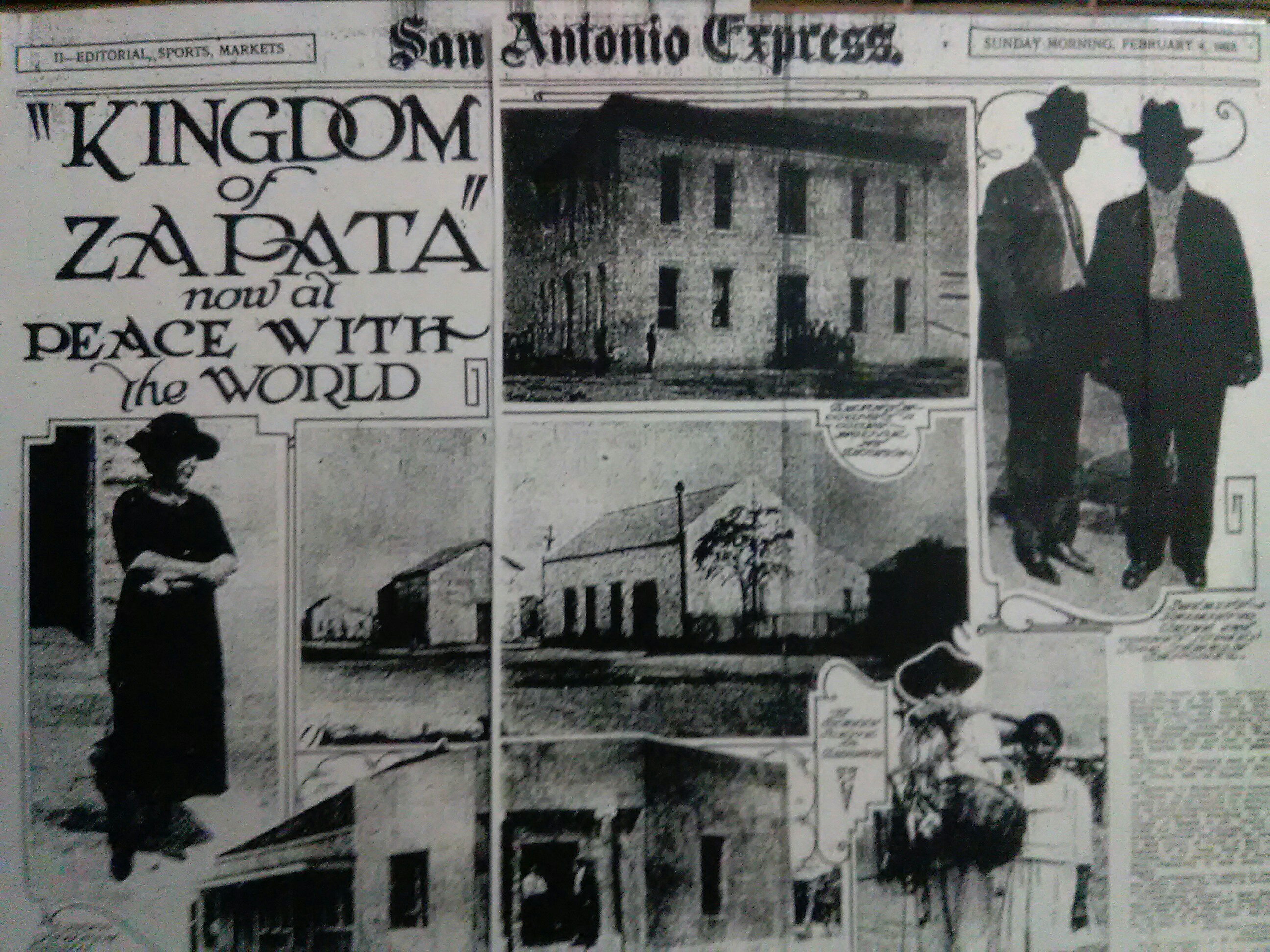
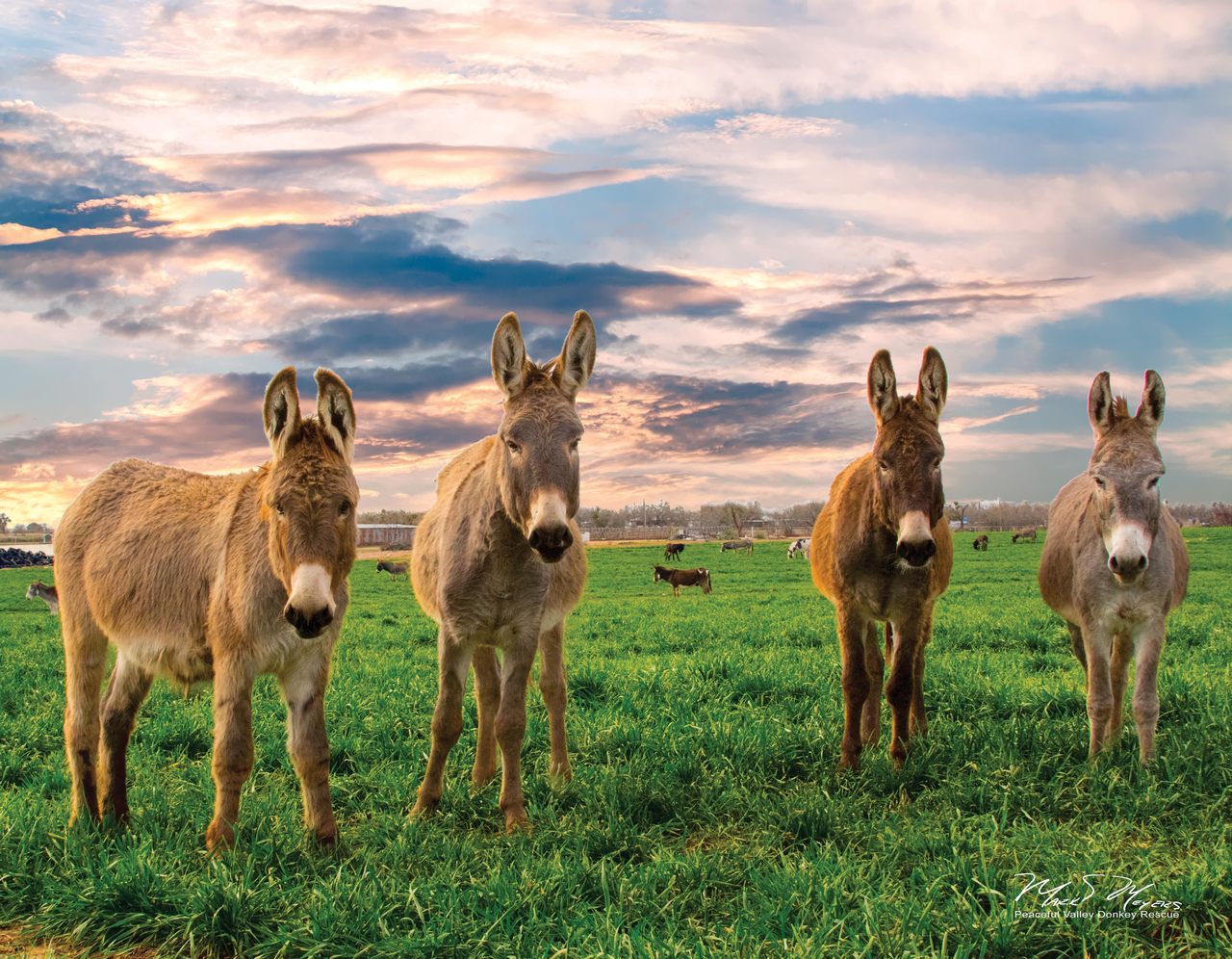
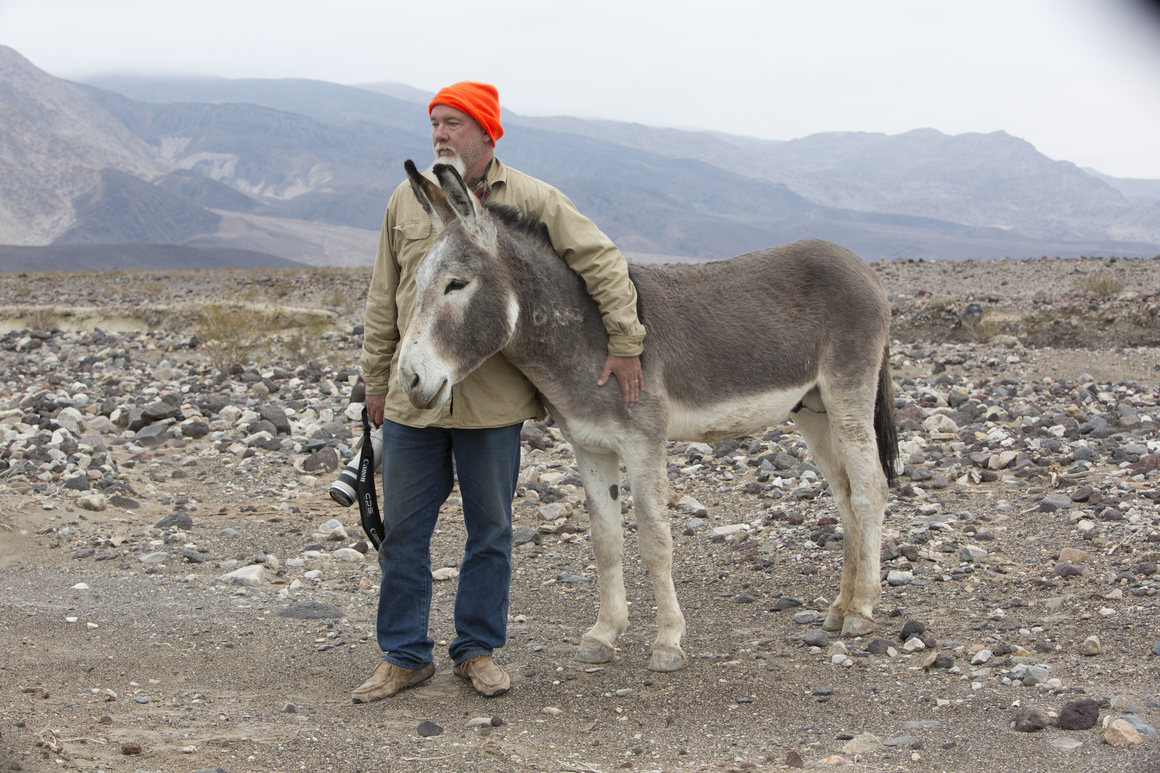
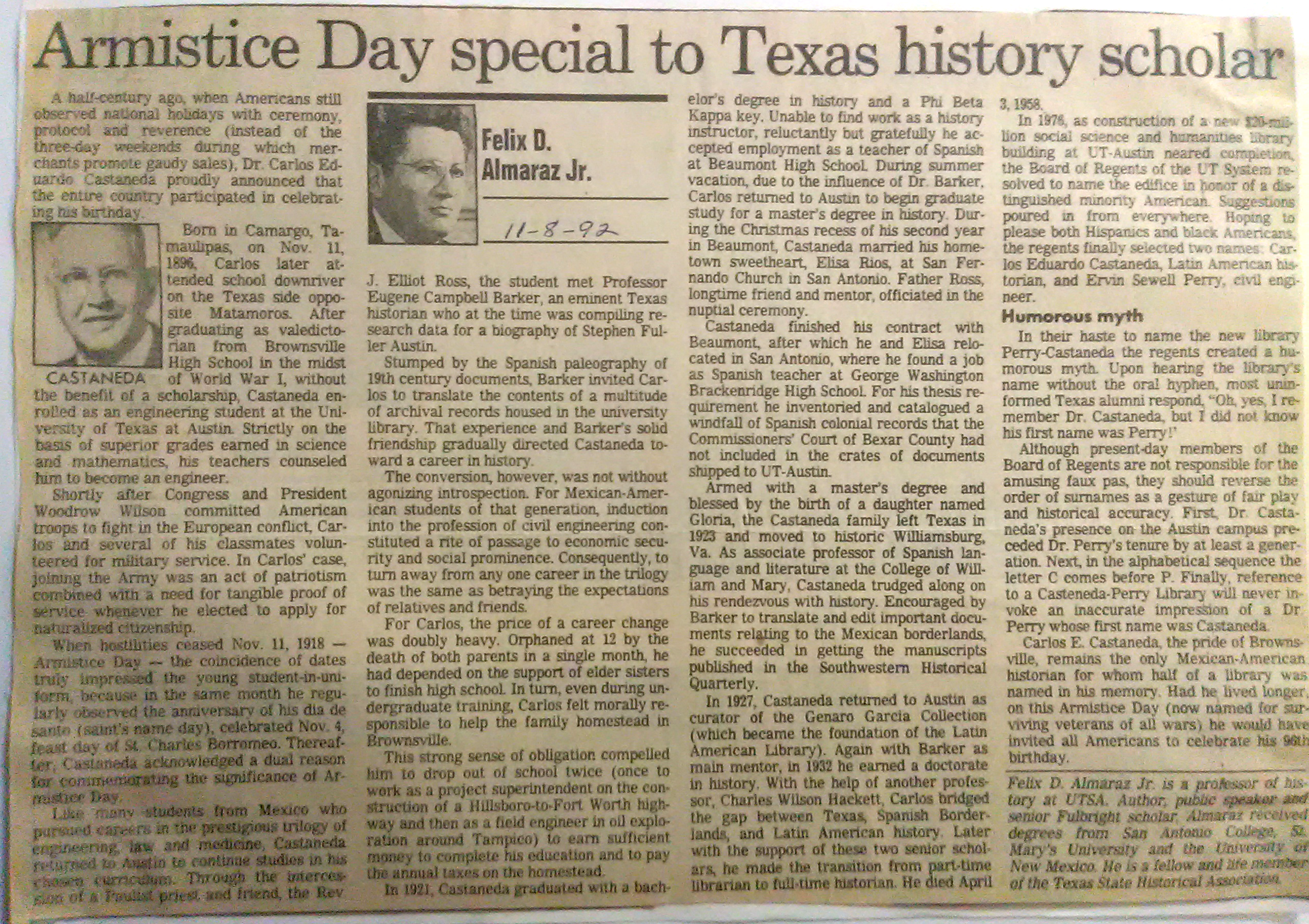
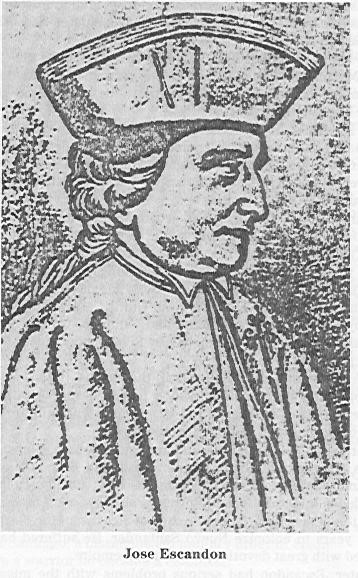 Portrait
of José de Escandón. Image courtesy of Wikimedia Commons.
Portrait
of José de Escandón. Image courtesy of Wikimedia Commons.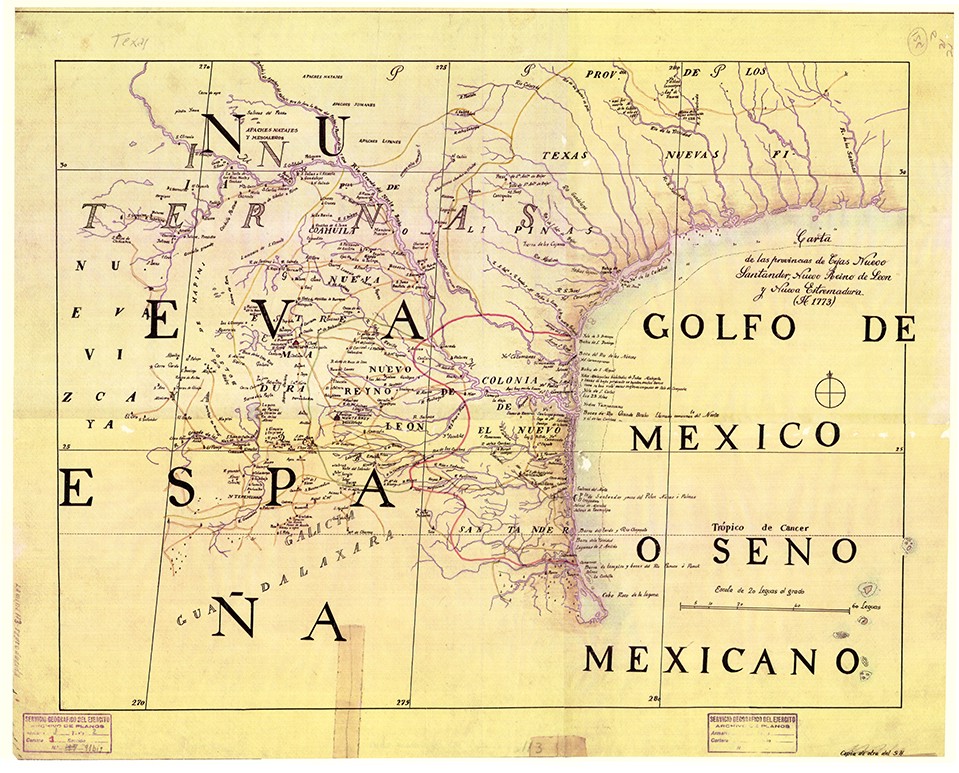
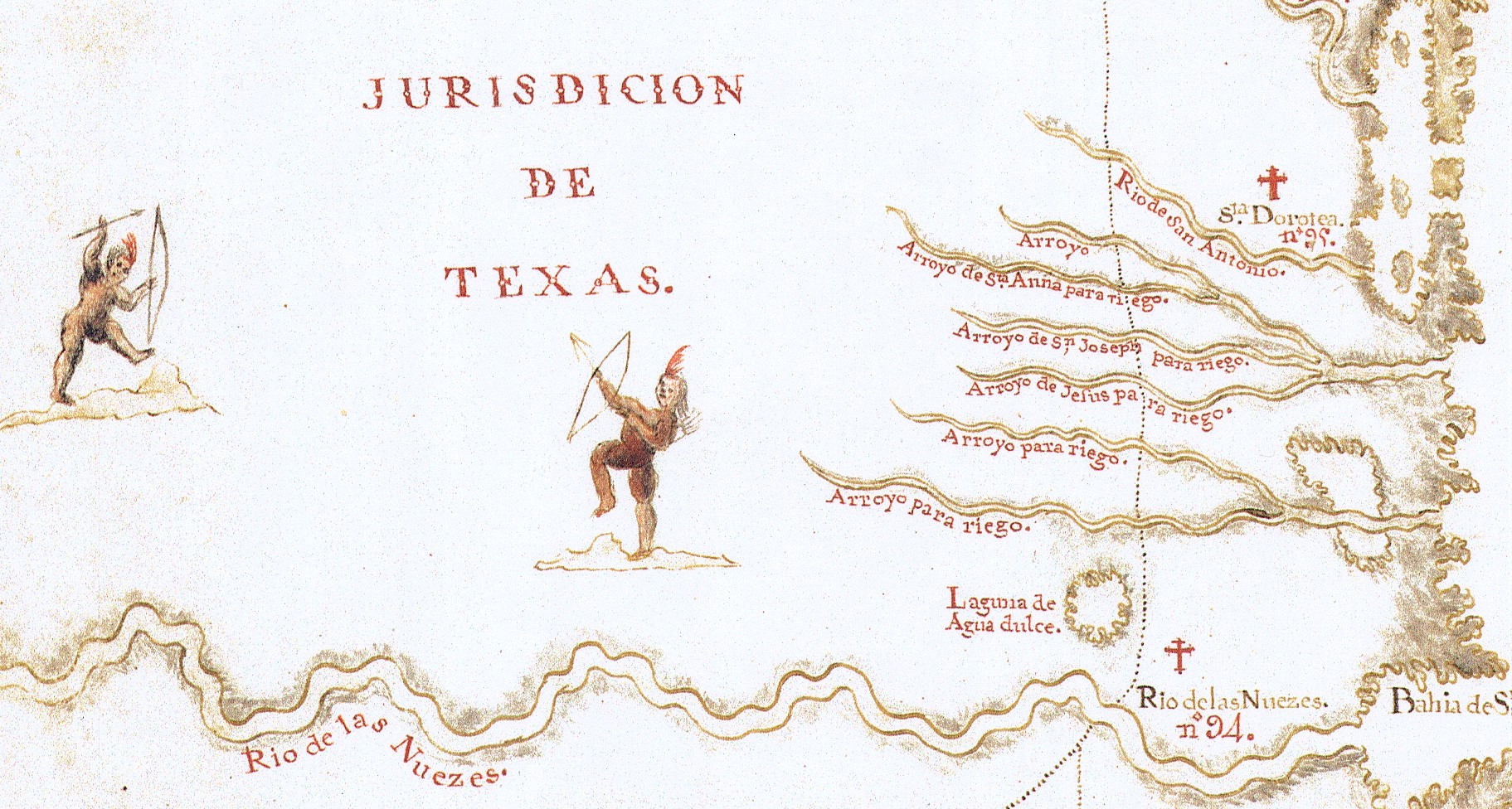
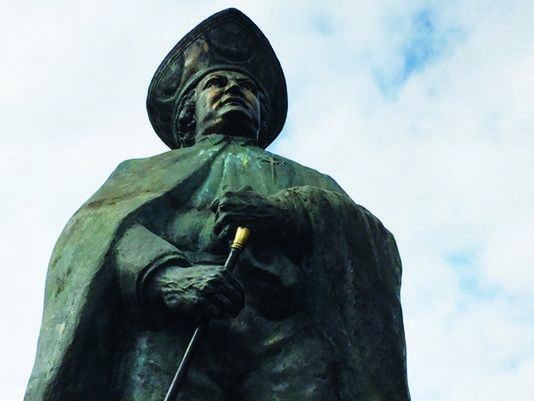


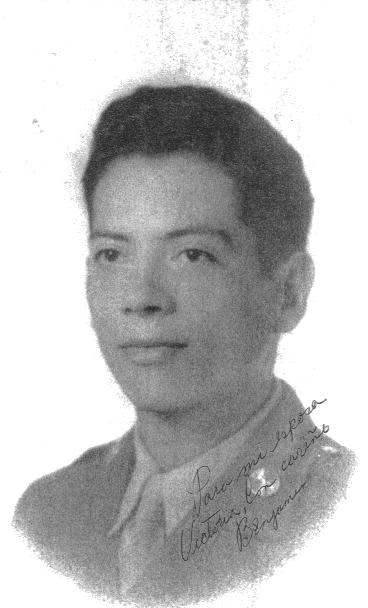
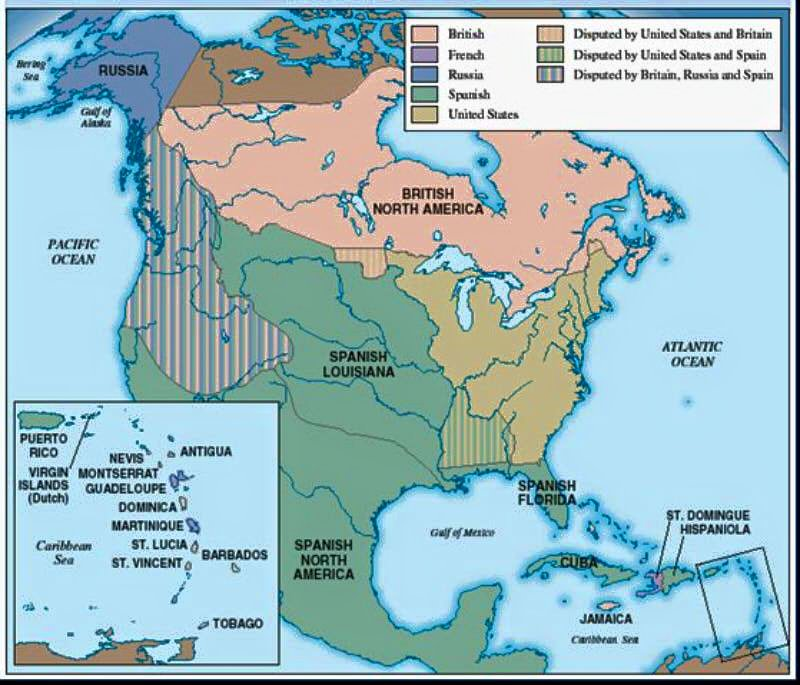
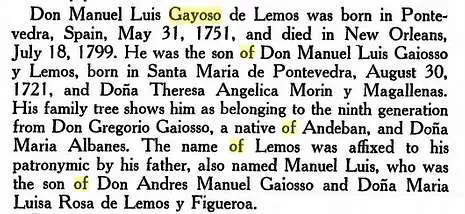
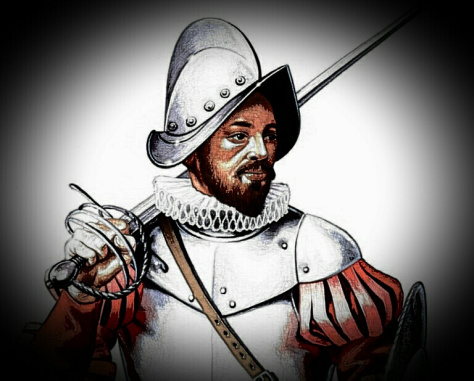
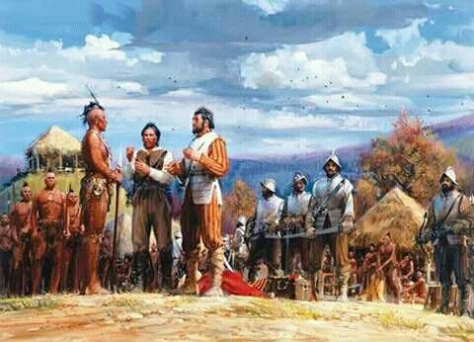
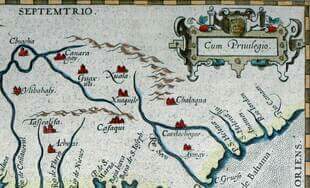
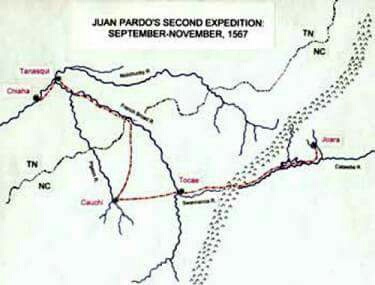
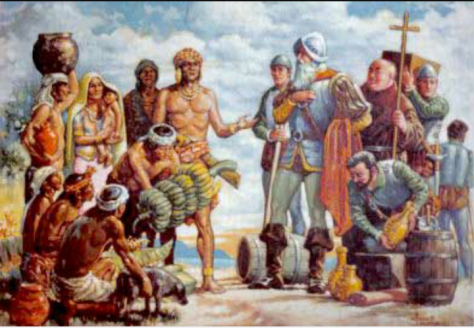
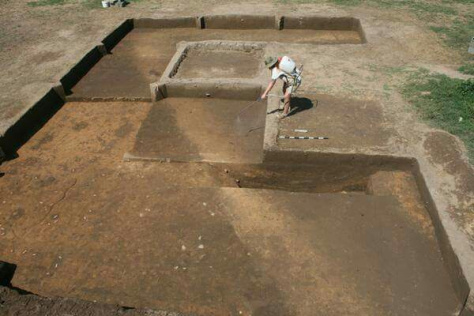
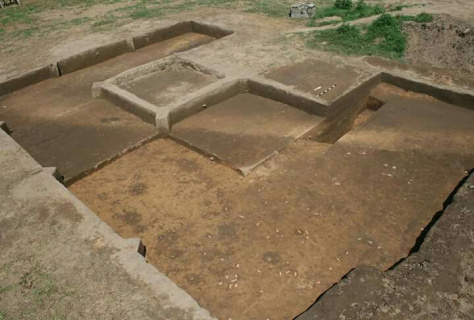
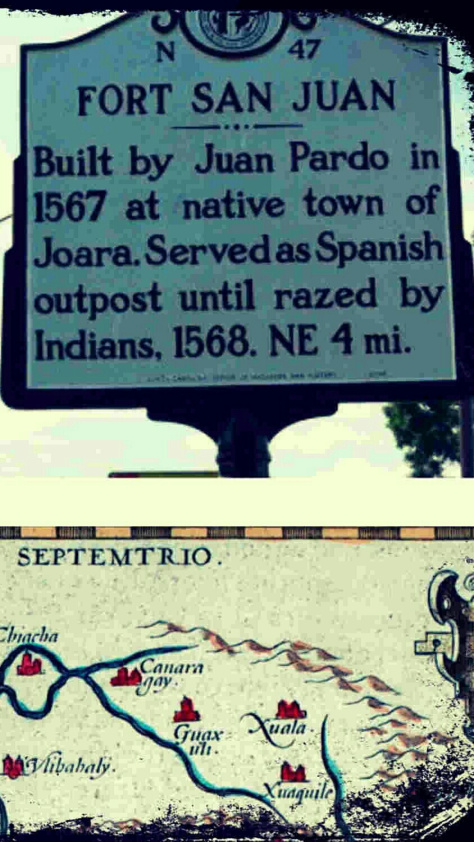
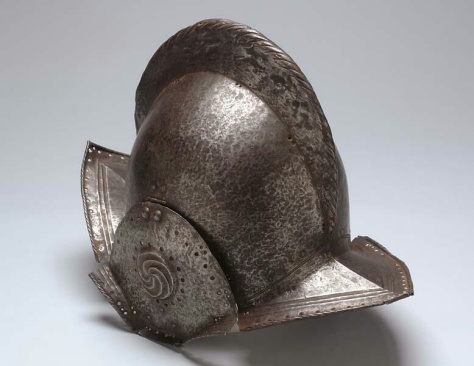


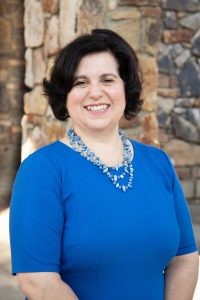
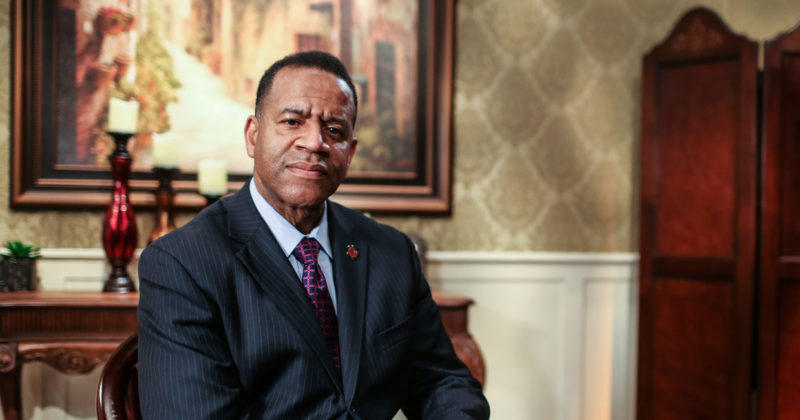

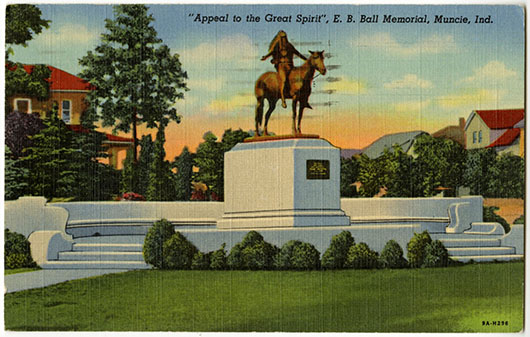
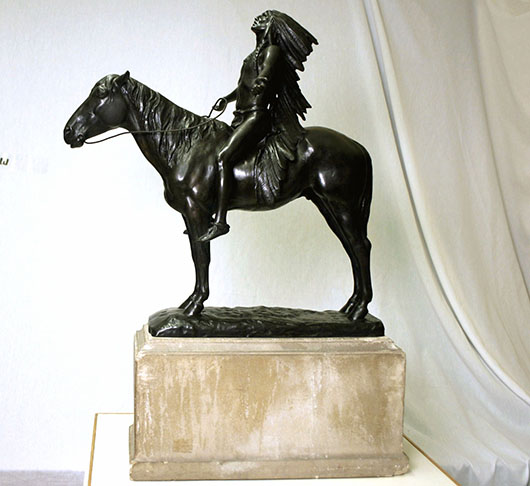 Mrs.
Ball put her college-age son, Edmund F. Ball, in charge of the
project. He worked closely with the landscape architect to develop a
suitable setting for the sculpture. Many years later, Ball
reminisced, I remember the event very well when Cyrus Dallin came
to Muncie, approved the setting on the triangle north of Walnut
Street bridge and the setting of his sculpture on the sixteen ton
solid limestone base
. At the time the statue was installed,
Dallin said, I am pleased to see my work in such a true setting.
The designs are perfect, the entourage is splendid.
Mrs.
Ball put her college-age son, Edmund F. Ball, in charge of the
project. He worked closely with the landscape architect to develop a
suitable setting for the sculpture. Many years later, Ball
reminisced, I remember the event very well when Cyrus Dallin came
to Muncie, approved the setting on the triangle north of Walnut
Street bridge and the setting of his sculpture on the sixteen ton
solid limestone base
. At the time the statue was installed,
Dallin said, I am pleased to see my work in such a true setting.
The designs are perfect, the entourage is splendid.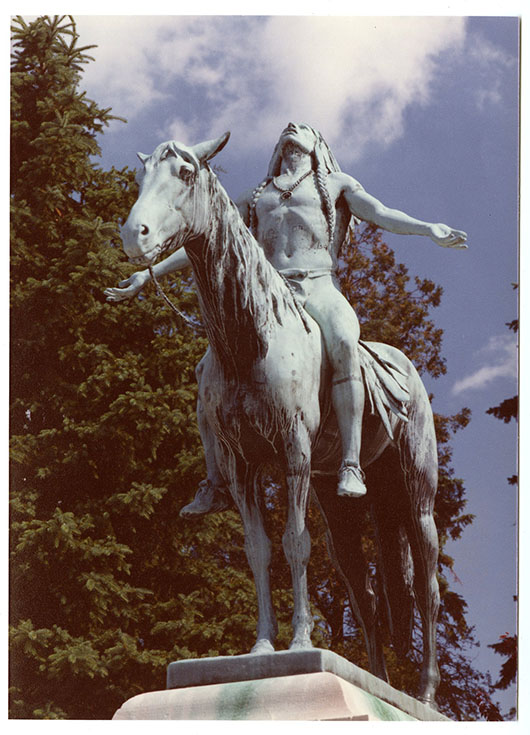 A
A

